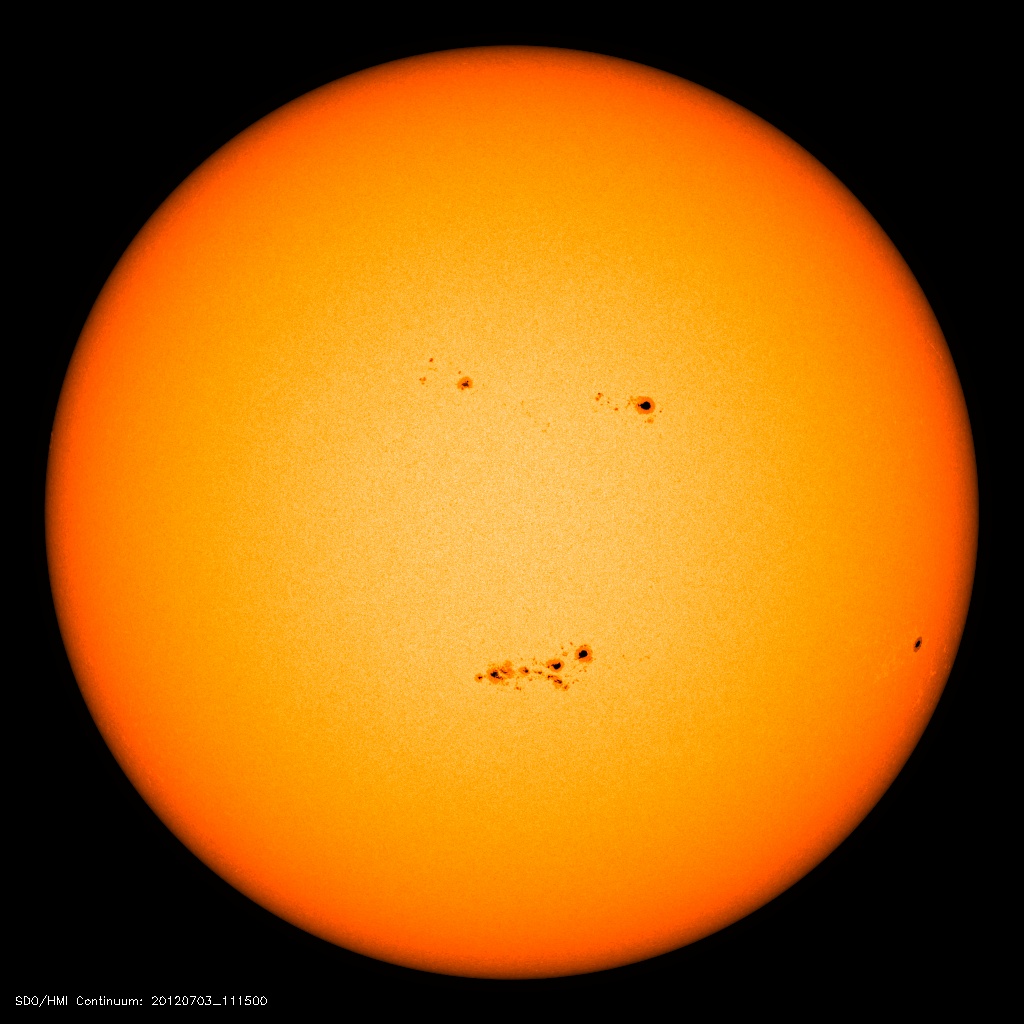
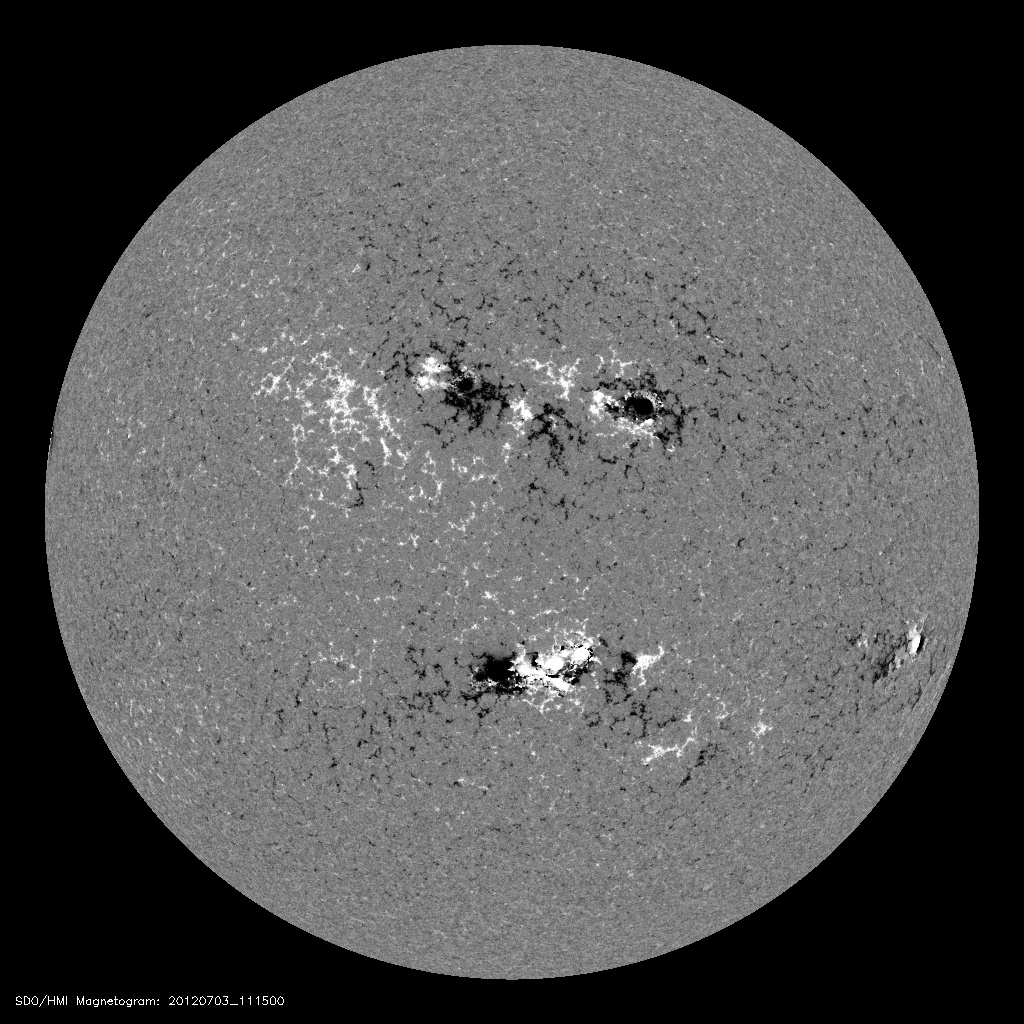
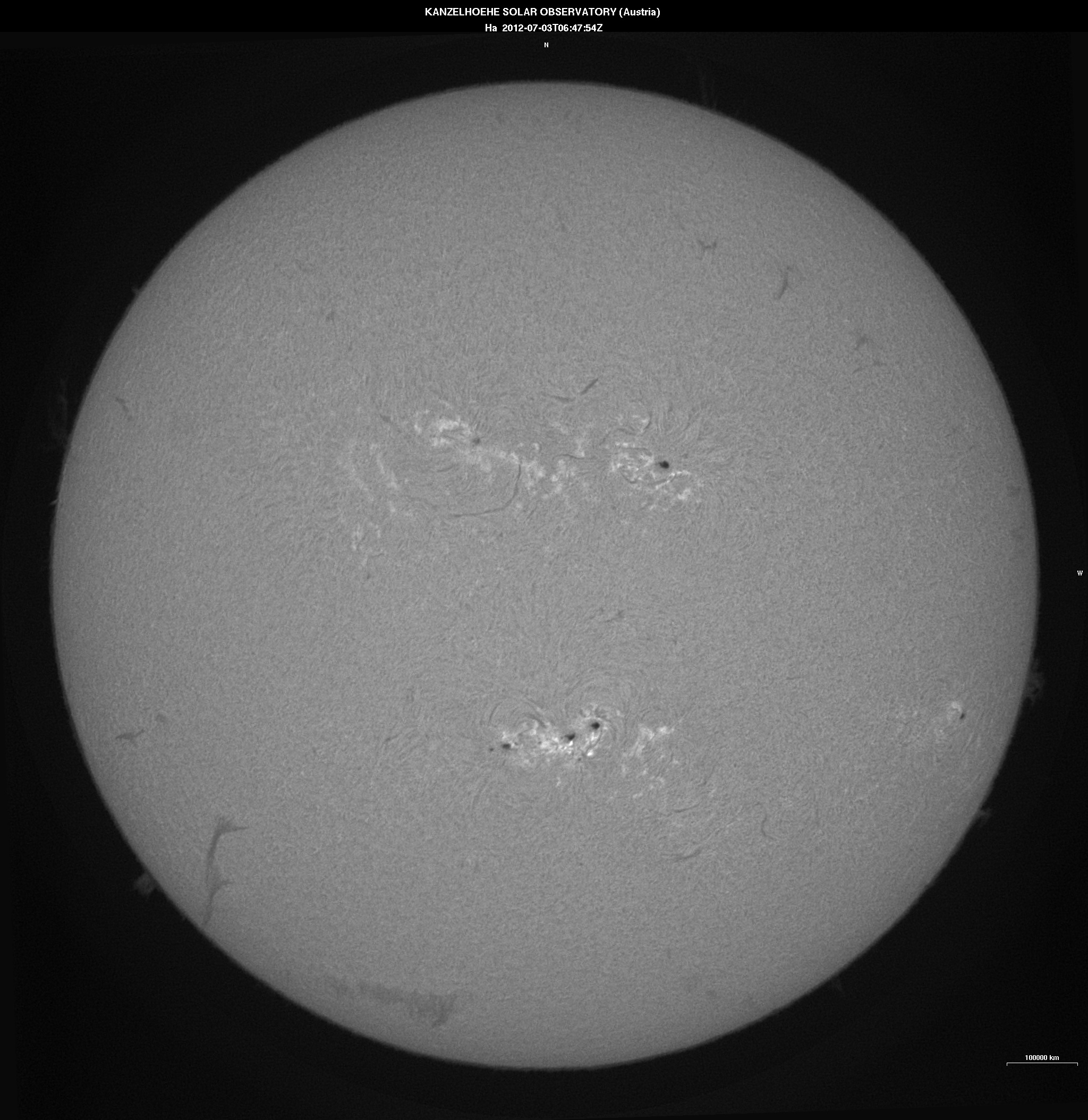
Region
Reports
Notes
MM#009 Default HESSI Target
NOAA 11515 was the source of three M-class flares since the last message, including an M5.6 at 10:43 UT yesterday, and shall become the new target region. The region is classified as a beta-gamma/E-type region and has shown signs of decay over the past 24 hours, although the southwestern sunspot has retained some mixed polarity. Further C-level activity expected with chance for additional low M-class events.
The position of NOAA 11515 on 3-Jul-2011 at 12:00 UT is:
S17W03, ( 43", -327" )
Ryan Milligan (QUB)
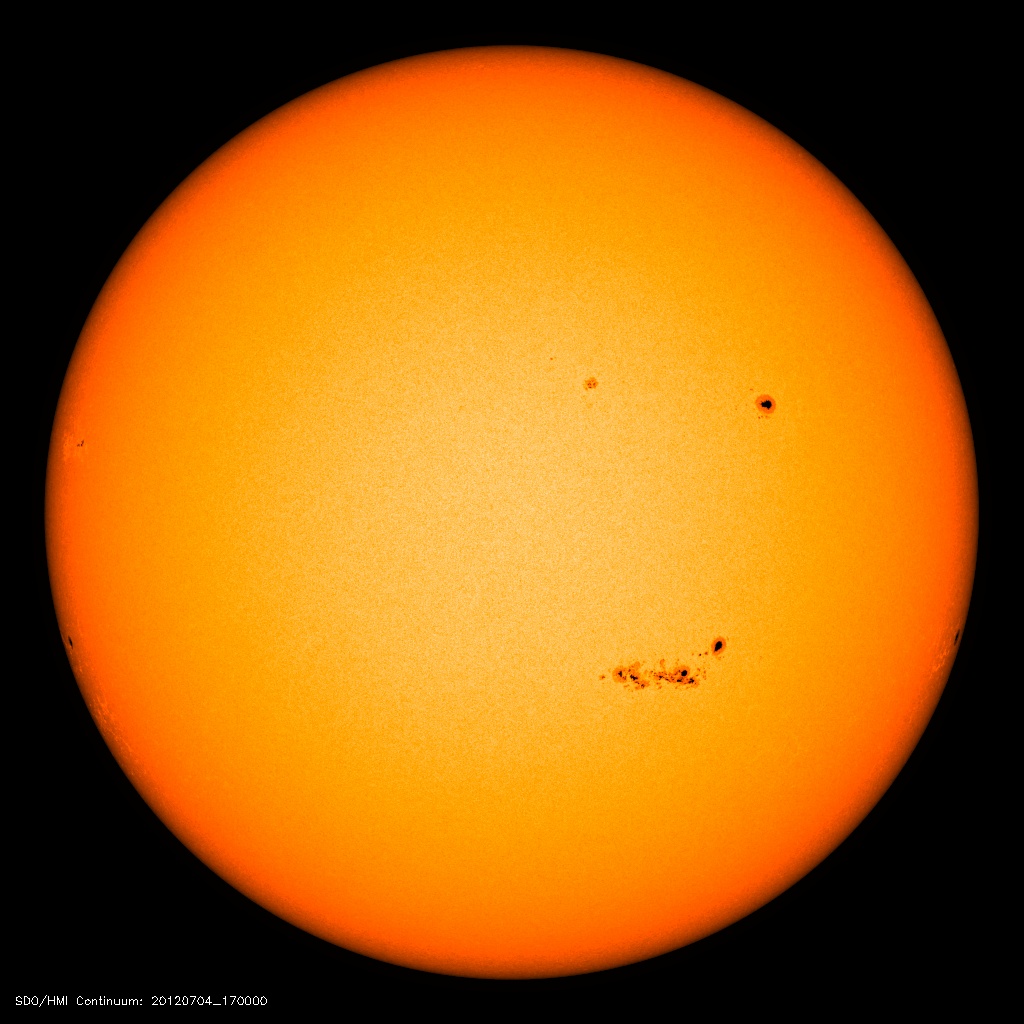
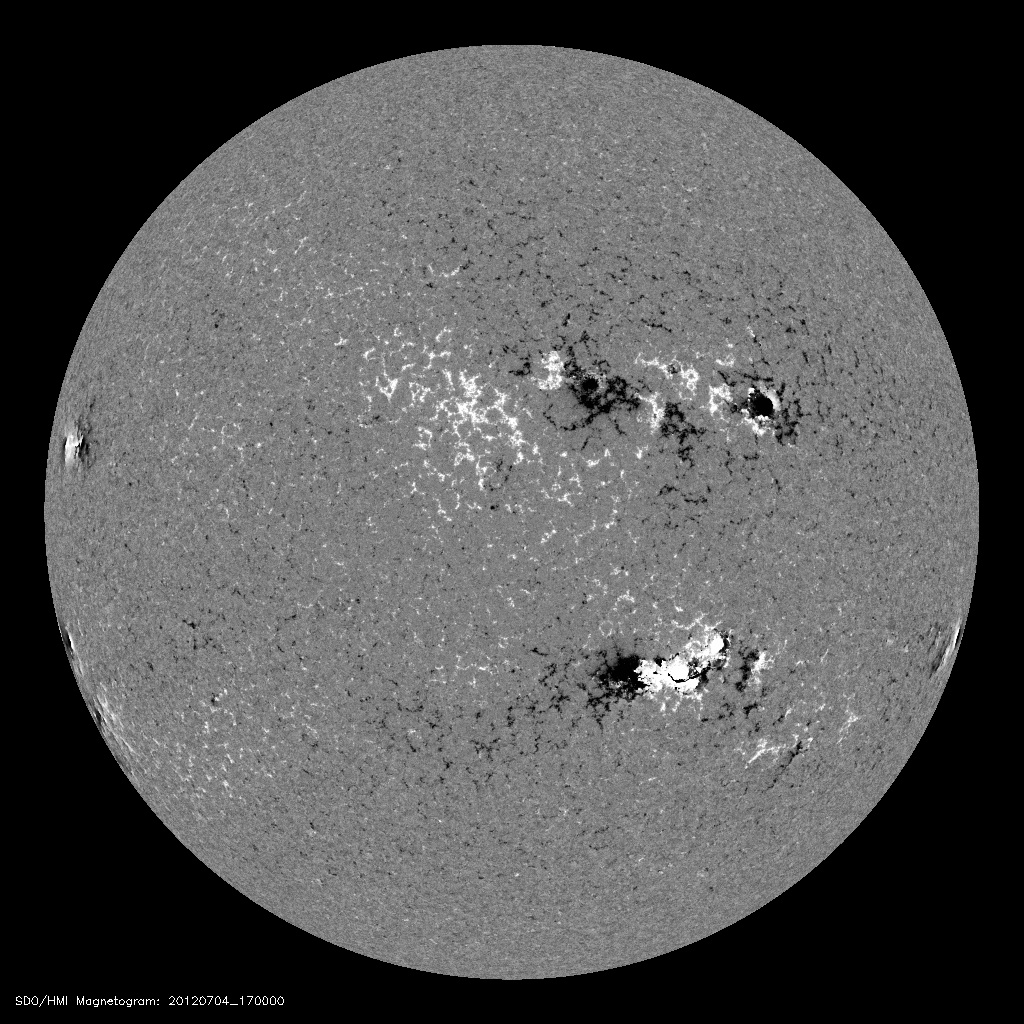
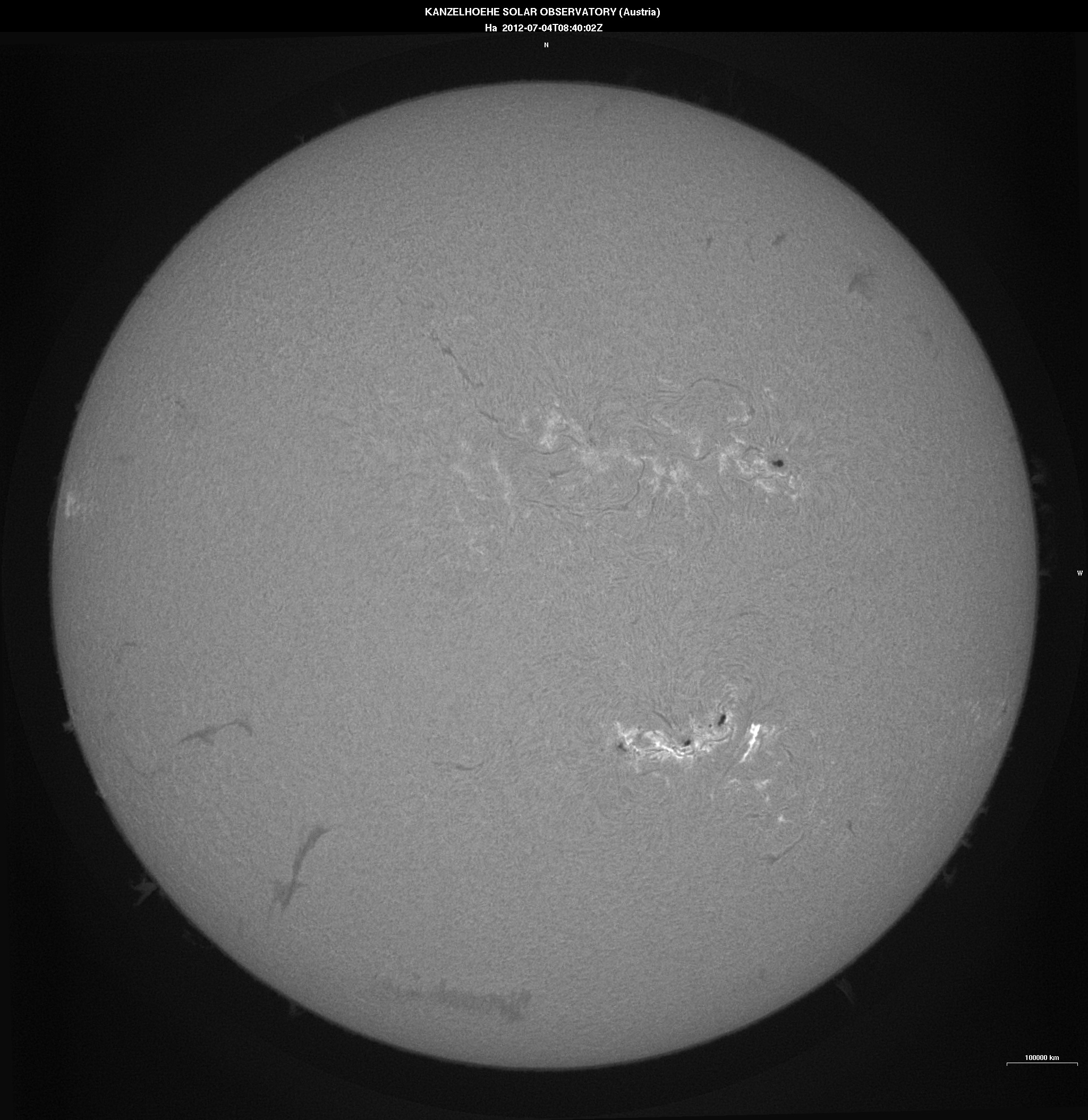
Region
Reports
Notes
MM#003 Major Flare Watch
After decaying early in the period yesterday, target region NOAA 1515 has increased sunspot area and count as well as magnetic complexity. 1515 is now a large active region with an F-type/beta-gamma-delta sunspot group. There is an area within the central portion that has developed negative polarity spots and plage surrounded by positive polarity spots and plage. 1515 was the source of numerous C-class events and four M-class events since the last message. The largest event was an M5.3 at 07/04/09:54 UT. At this time we are implementing Max Millennium observing plan #003 (Region Likely To Produce A Major Flare). M-class events = or >M5 are likely in the next 24 hour period. There is also a chance of an X-class event in the next 24 to 48 hours.
The position of NOAA 1515 on July 04 at 15:00 UT is:
S16W19 (Solar X = 296", Solar Y = -310")
Bill Marquette (Helio Research)
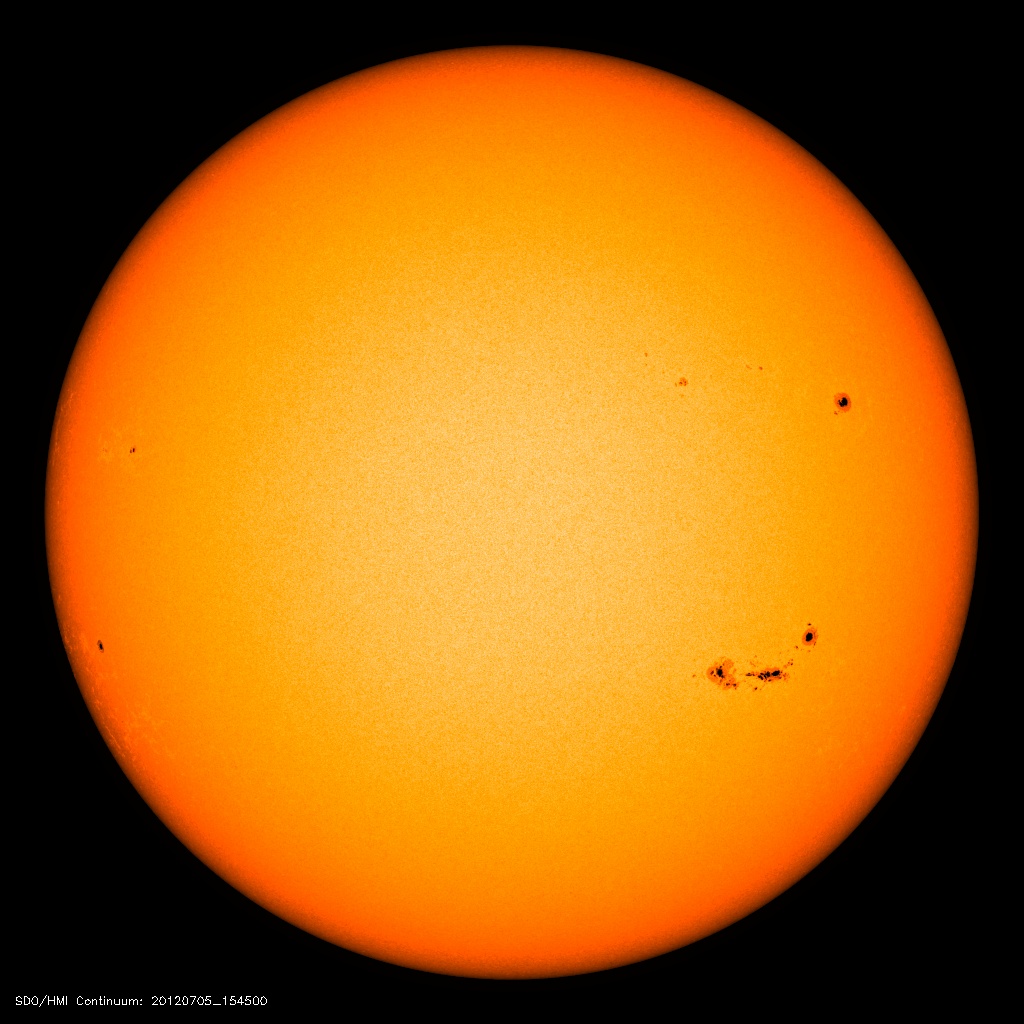
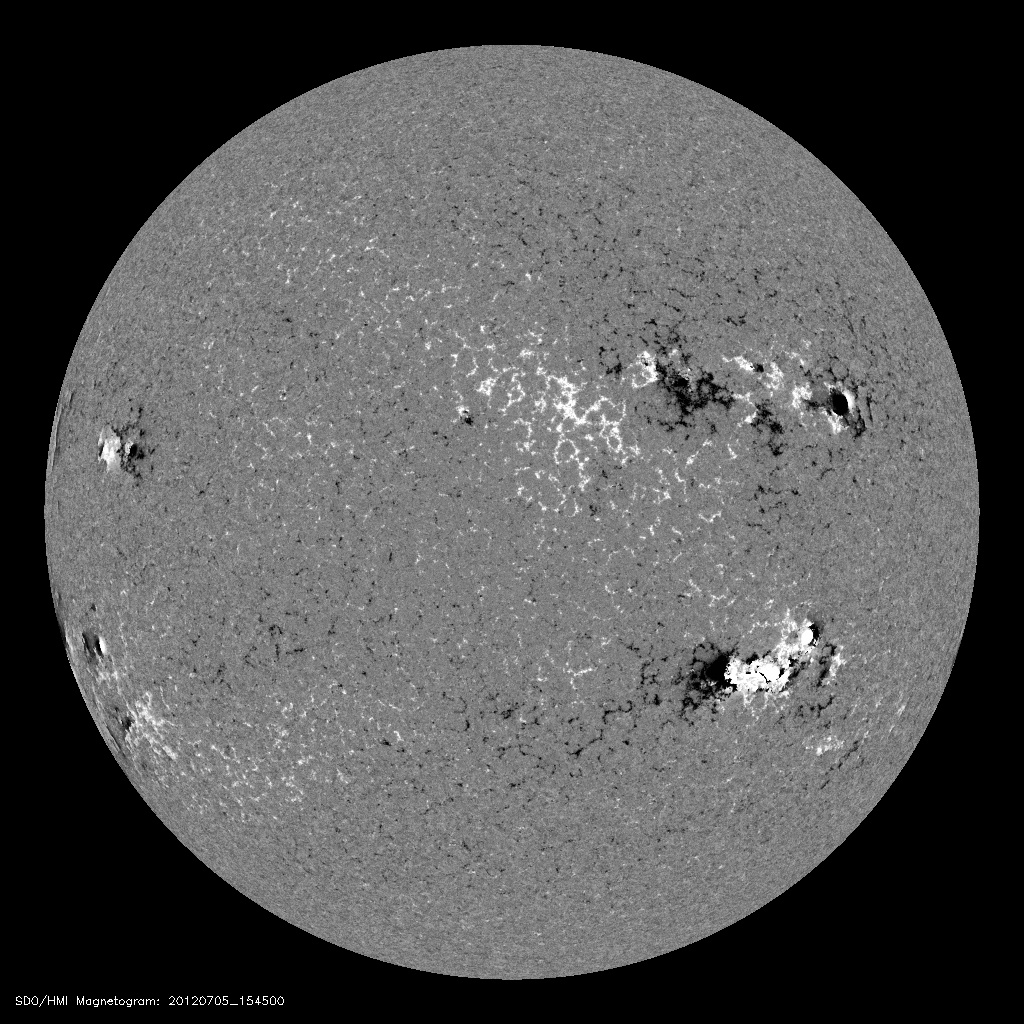
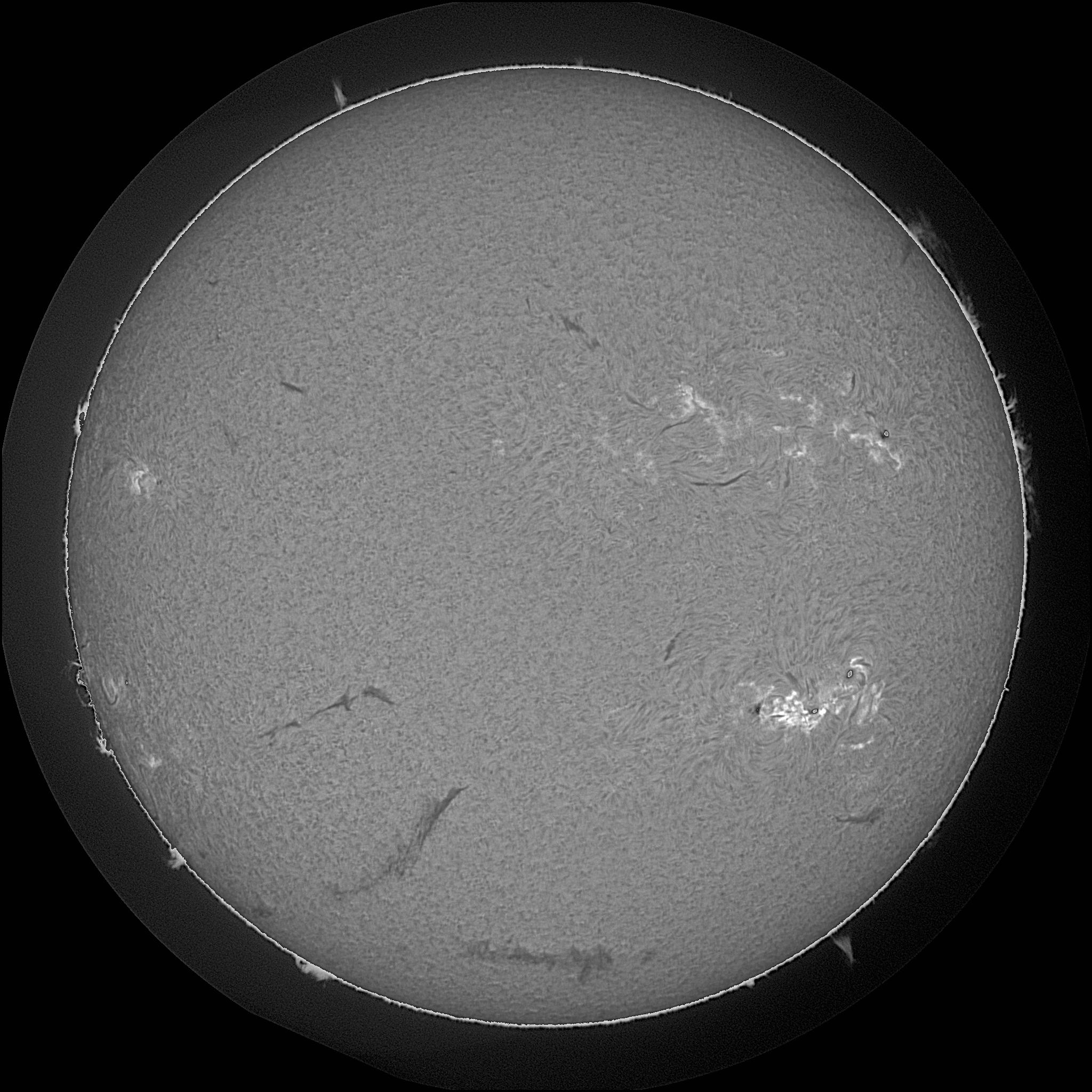
Region
Reports
Notes
MM#018 Great Flare Watch
Target region NOAA 1515 continues to maintain its large and magnetically complex F-type/beta-gamma-delta classification. 1515 has multiple delta configurations located in the central portion of its sunspot group. 1515 produced several M-class events including an M6.1 at 07/05/11:44 UT, an M4.7 at 07/05/03:36 UT and an M4.6 at 07/04/22:09 UT. M-class events expected with a possibility of an X-class event = or >X5 in the next 24 to 48 hours. At this time we are implementing new Max Millennium coordinated observing plan #018 (Region Likely To Produce Great Flares).
The position of NOAA 1515 on July 05 at 13:00 UT is:
S17W31 (Solar X = 466", Solar Y = -322")
Bill Marquette (Helio Research)
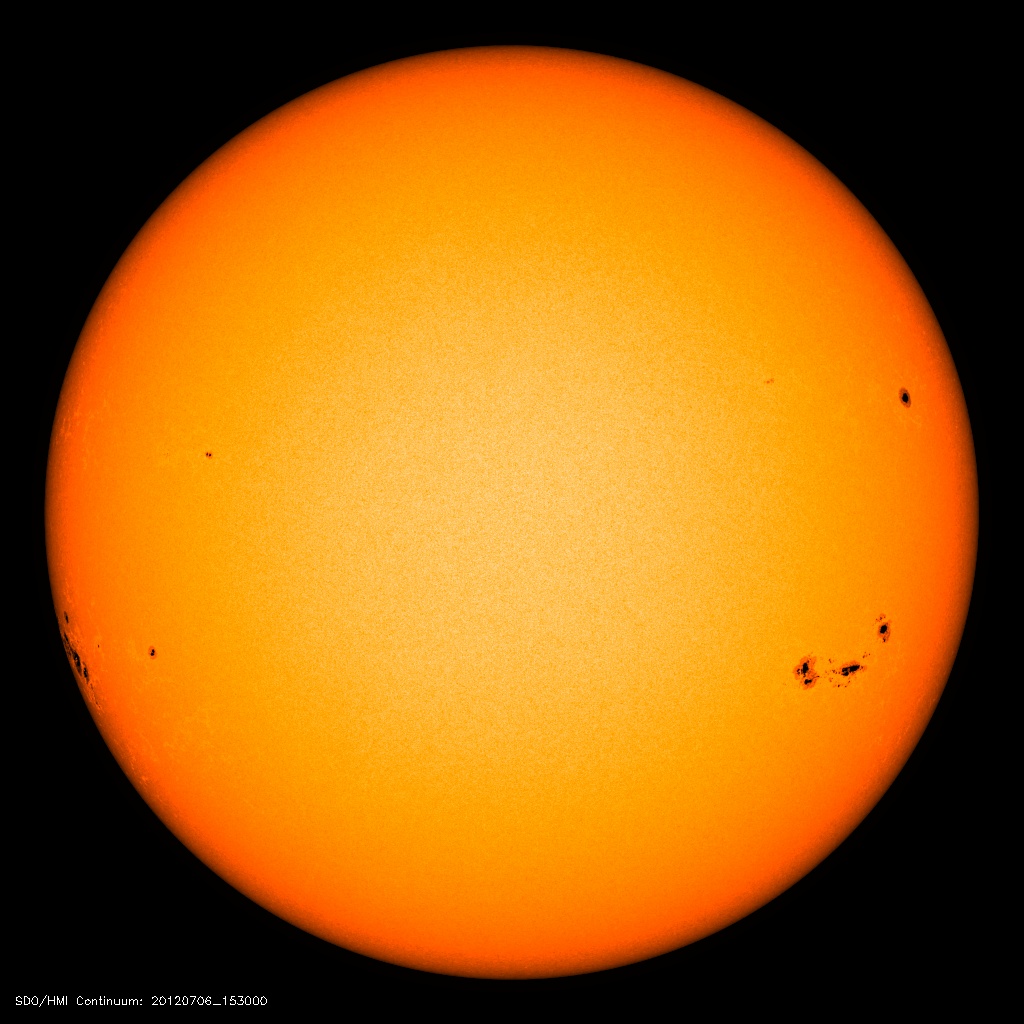
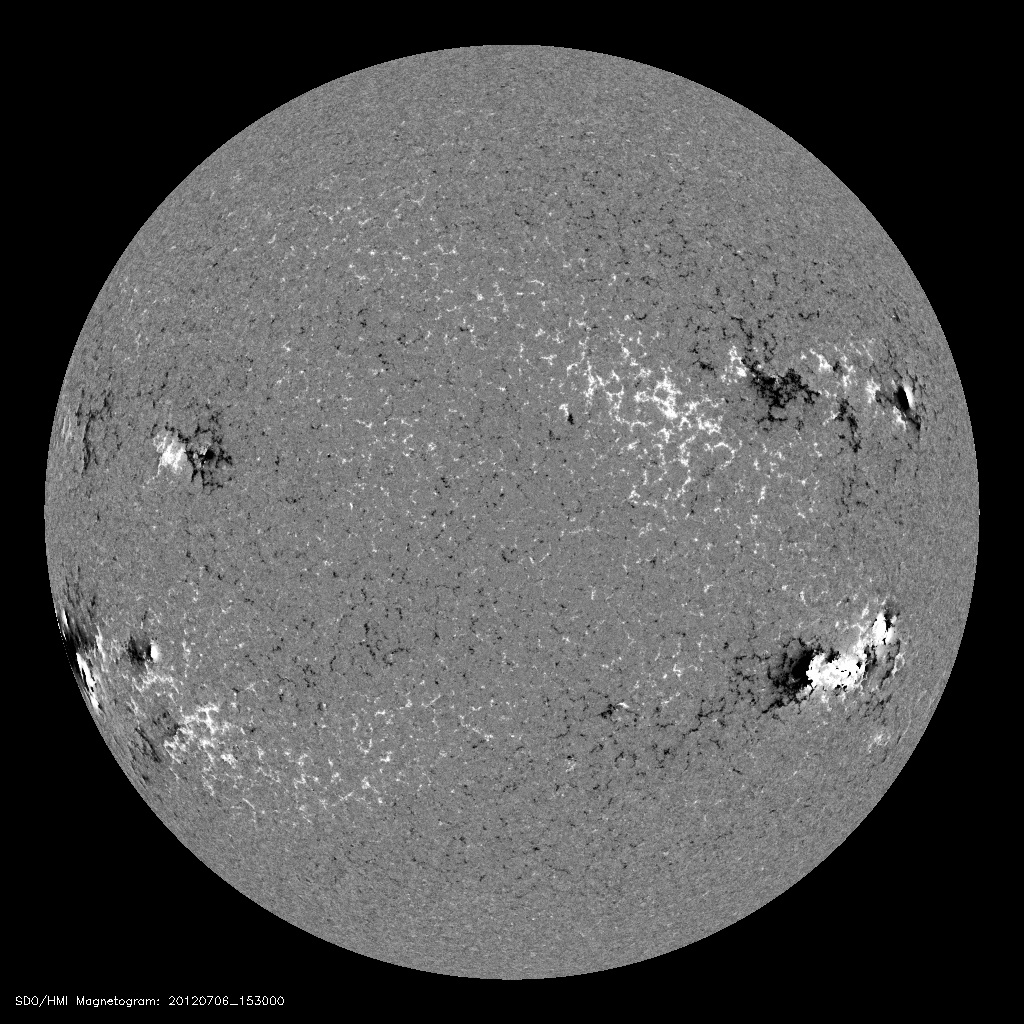
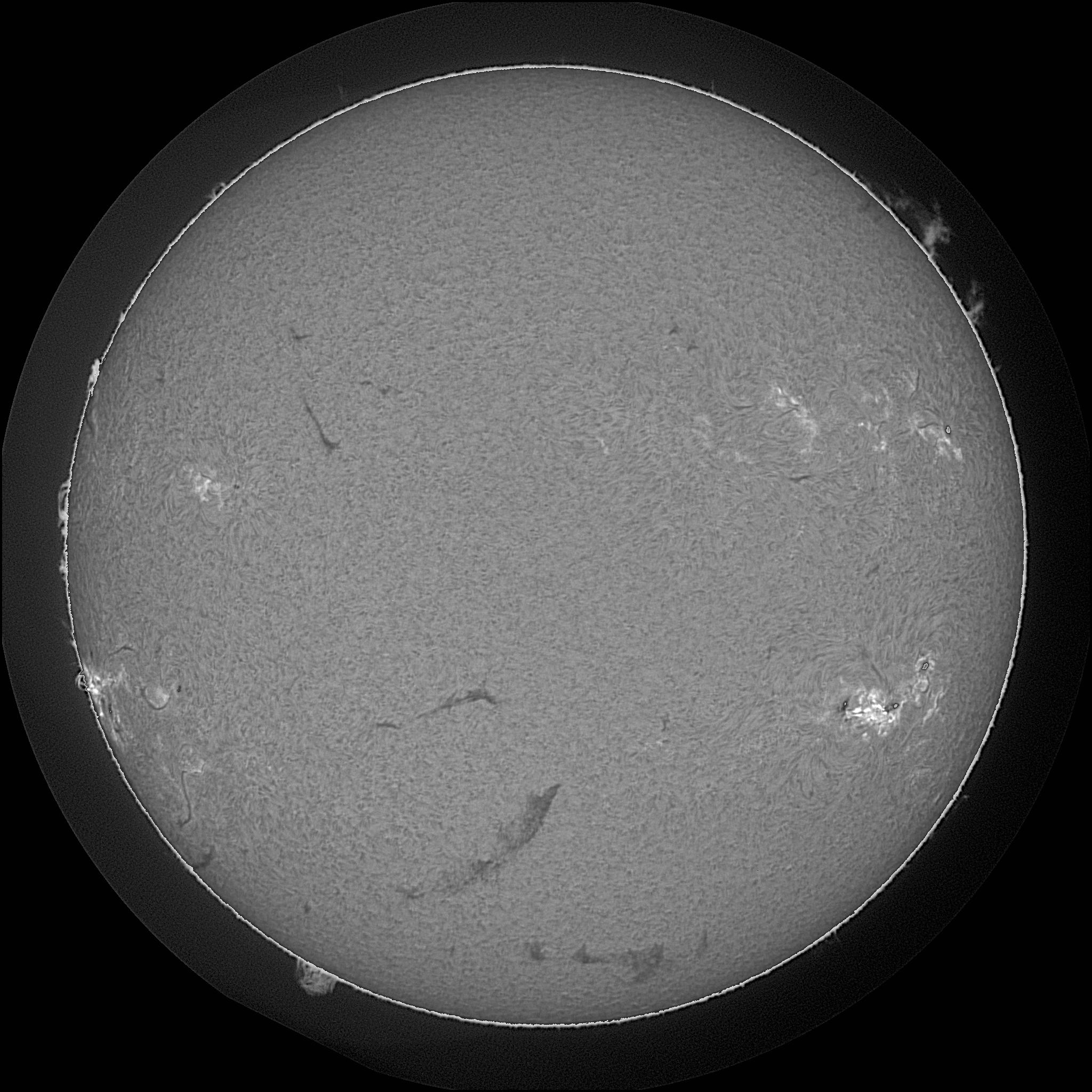
Region
Reports
Notes
MM#003 Major Flare Watch
Target region NOAA 1515 continues to maintain a complex F-type/beta-gamma-delta sunspot group but has lost some of its strongest delta configuration. 1515 was the source of countless C-class events and a few low-level M-class events during the past 24 hours. At this time we are suspending the MM#018 (Region Likely To Produce Great Flares) observing plan and return to the Major Flare Watch plan. An X-class event =/>X5 is less likely in the next 24 hours. 1515 still has the potential to produce an M-class event =/>M5. The large region near the southeast limb (S17E77) could also be a source of an M-class event.
The position of NOAA 1515 on July 06 at 13:00 UT is:
S17W44 (Solar X = 628", Solar Y = -315")
Bill Marquette (Helio Research)
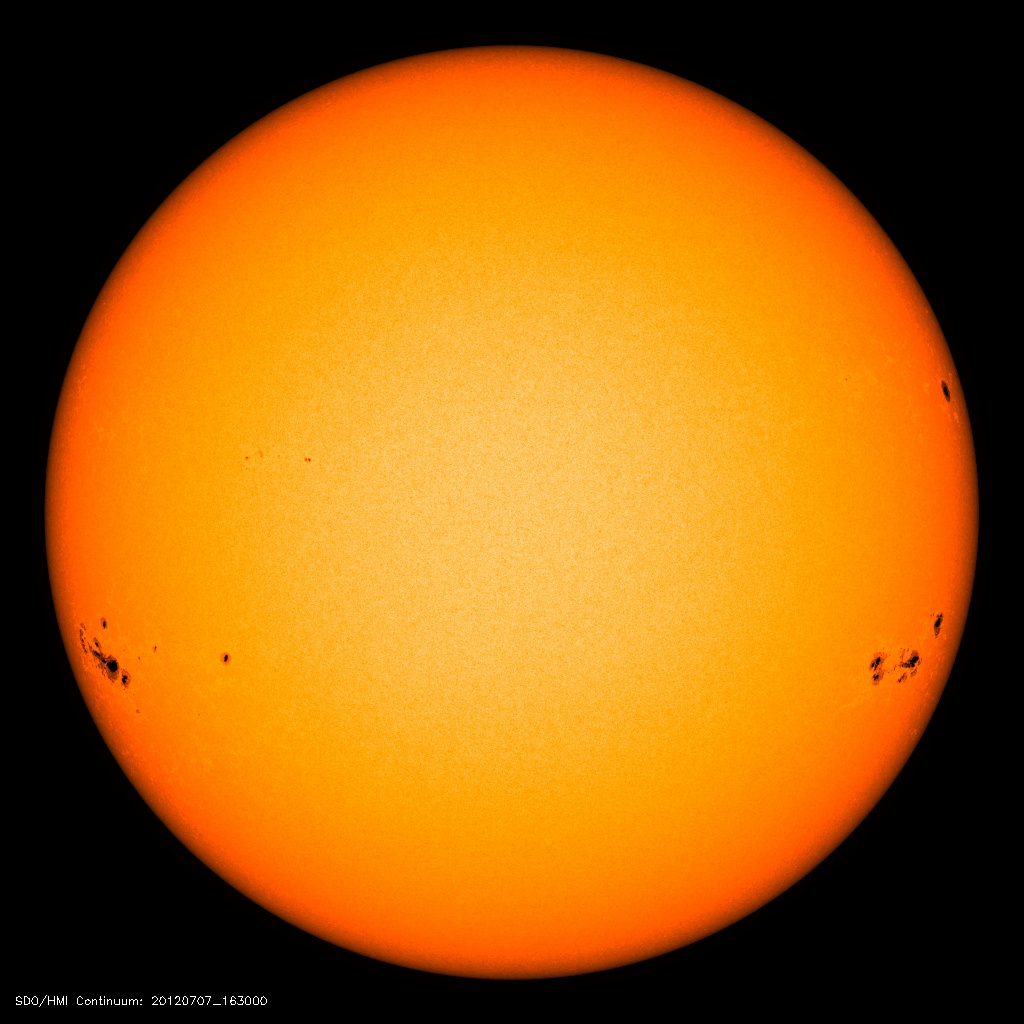
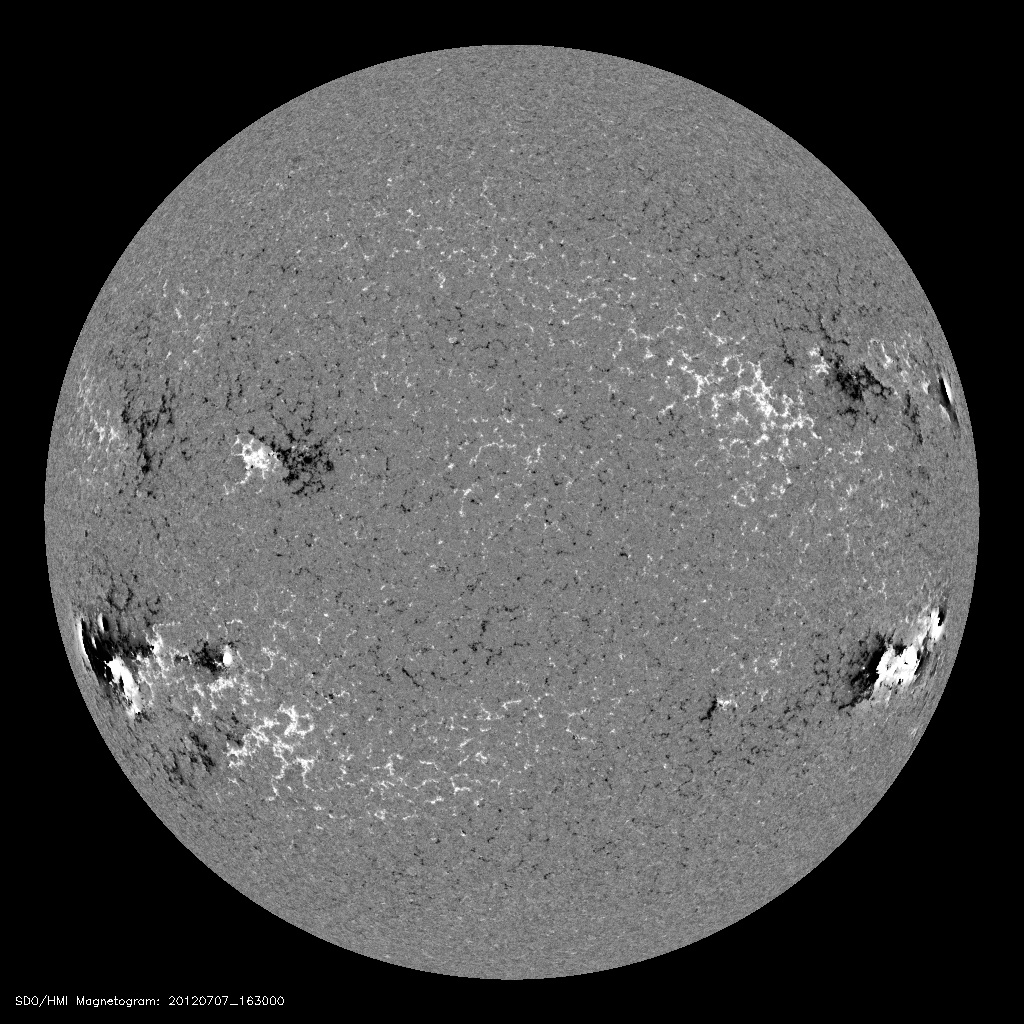
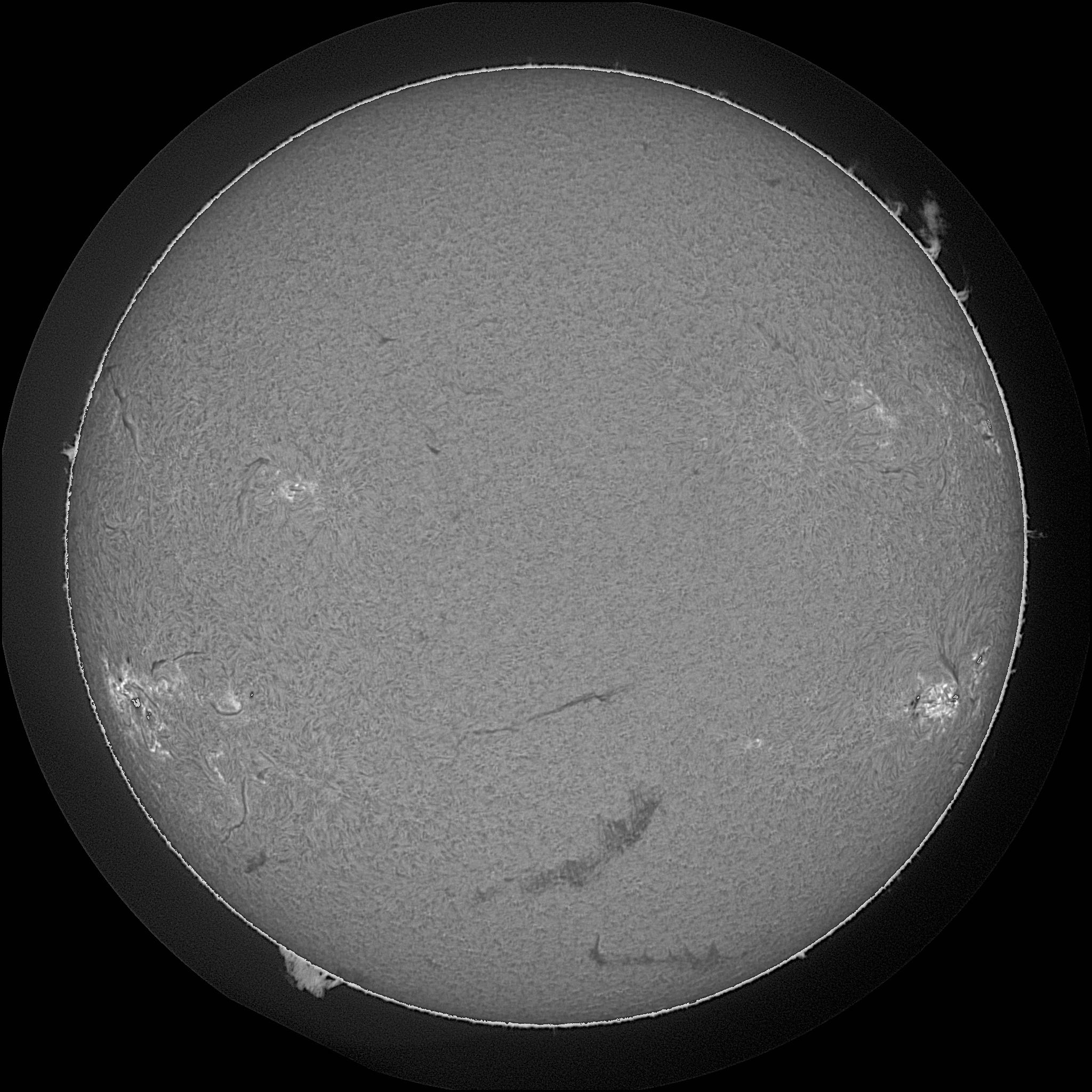
Region
Reports
Notes
MM#003 Major Flare Watch
Target region NOAA 1515 was the source of an X1.1 event at 07/06/23:08 UT. 1515 is maintaining bright dynamic H-alpha plage and its F-type/beta-gamma-delta sunspot group. Another major flare event =/>M5 is possible in the next 24 hour period. The bright plage located in the southeastern quadrant (S17E66, -826", -299" at 15:00 UT) appears to have a complex E-type/beta-gamma sunspot group. This region is also capable of producing an event =/>M5 but so far has been less flare productive than NOAA 1515. Both regions are excellent targets for large events in the next 24 to 48 hours.
The position of NOAA 1515 on July 07 at 15:00 UT is:
S18W59 (Solar X = 770", Solar Y = -320")
Bill Marquette (Helio Research)
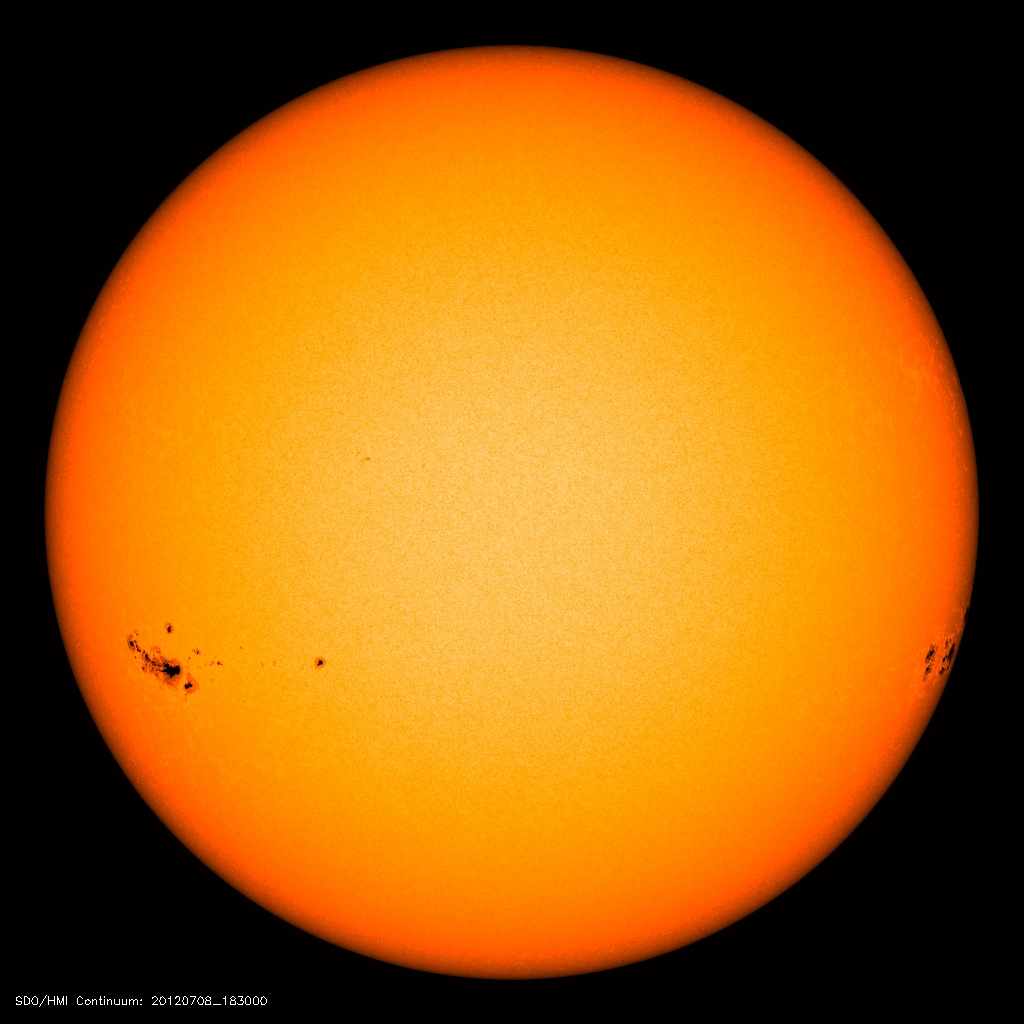
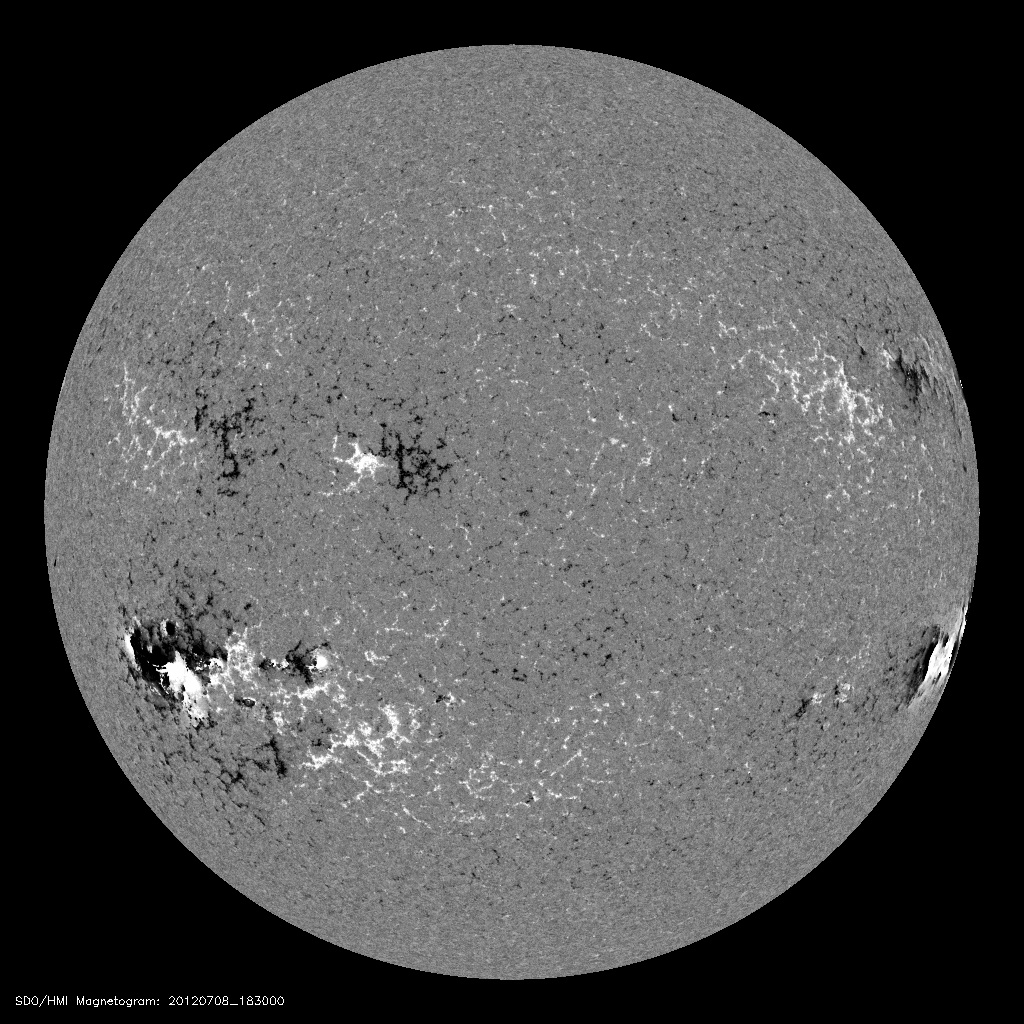
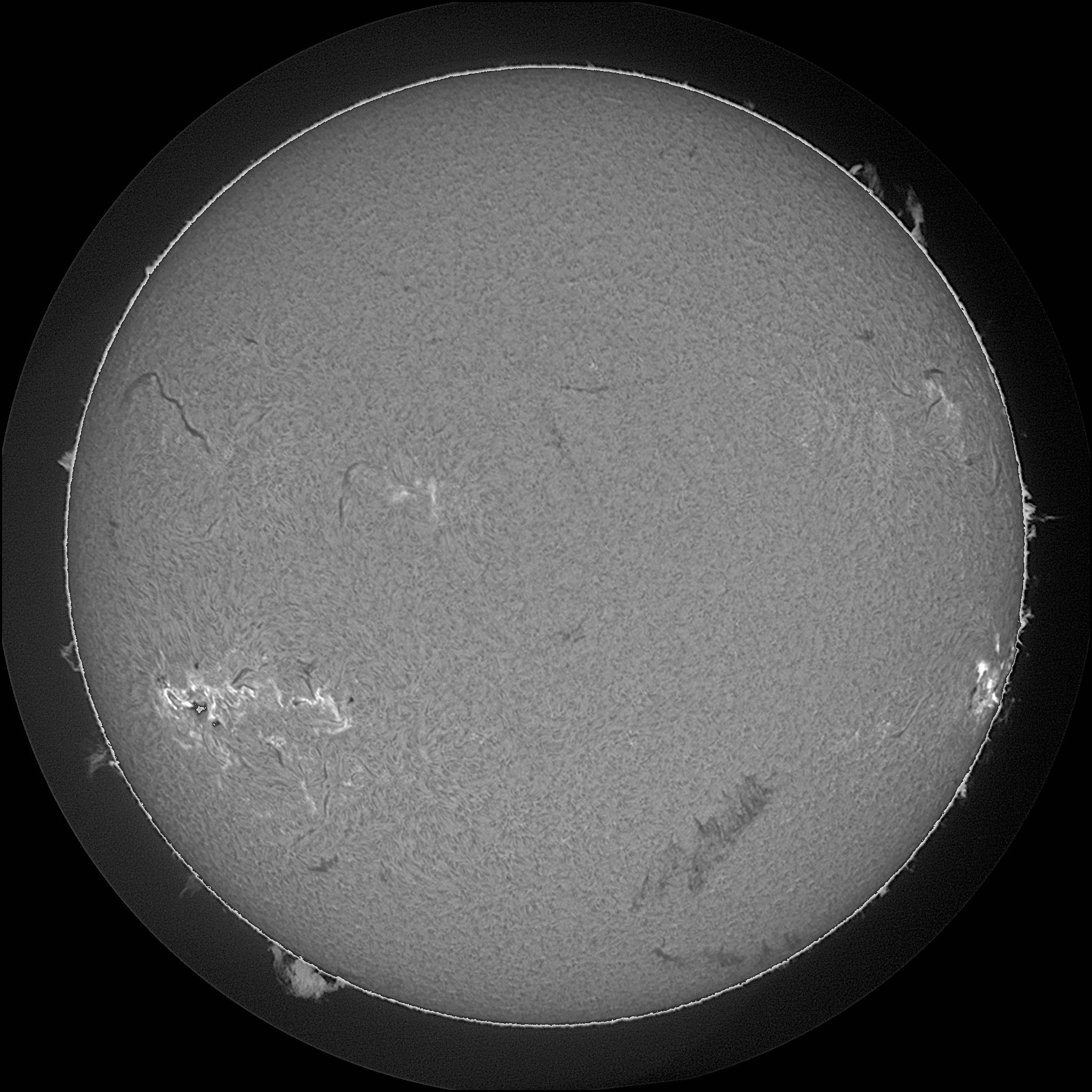
Region
Reports
Notes
MM#003 Major Flare Watch
Target region, NOAA 1515 was the source of another major flare
(M6.9 at 07/08/16:32 UT). 1515 has only slightly decayed in the past 24 hour period. The region classification is now an F-type/beta-gamma with a possible delta configuration. Another major flare =/>M5 is possible before 1515 completes west limb passage. The largest region on the visible disk is NOAA 1520 (S15E44, -634", -287"). 1520 is classified as an F-type/beta-gamma region. It also has the potential to produce an event =/>M5 in the next 24 to 48 hours but so far has been relatively quiescent.
The position of NOAA 1515 on July 08 at 17:00 UT is:
S17W73 (Solar X = 863", Solar Y = -211")
Bill Marquette (Helio Research)
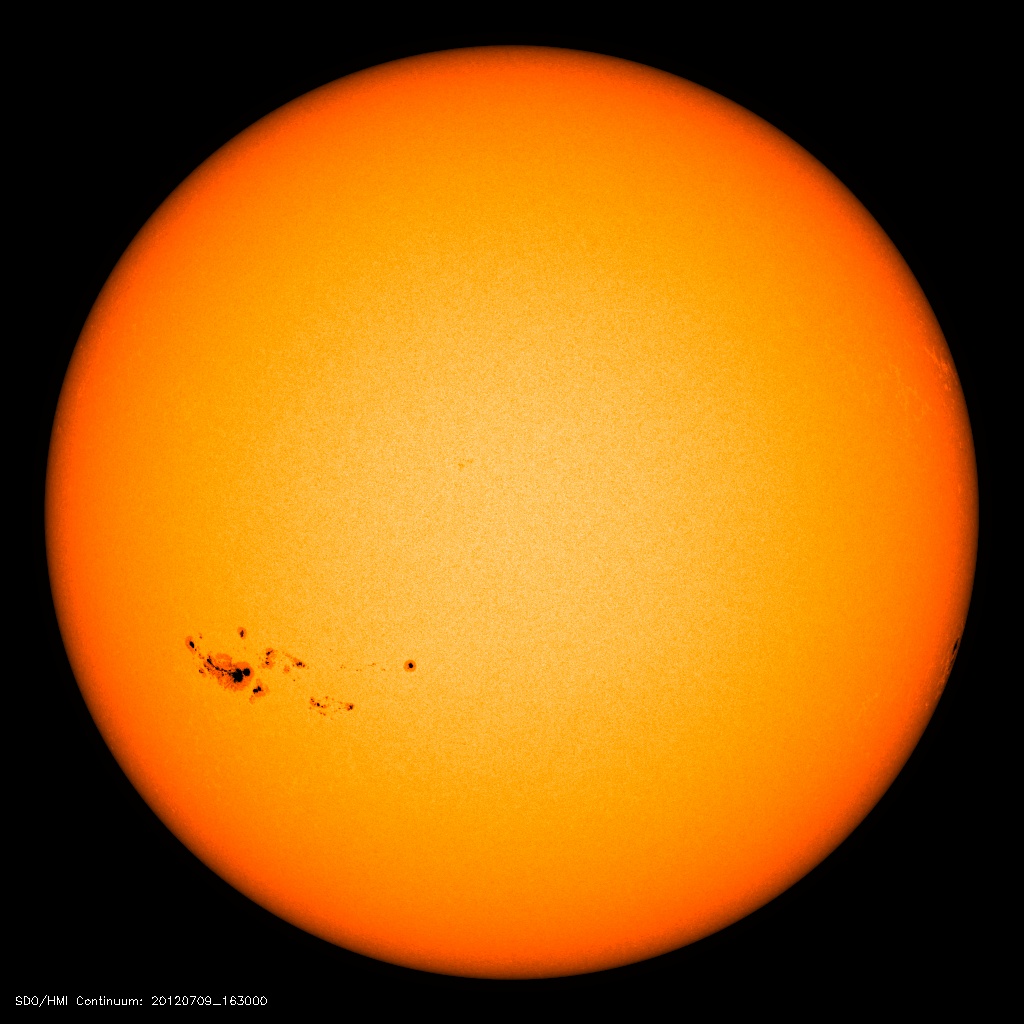
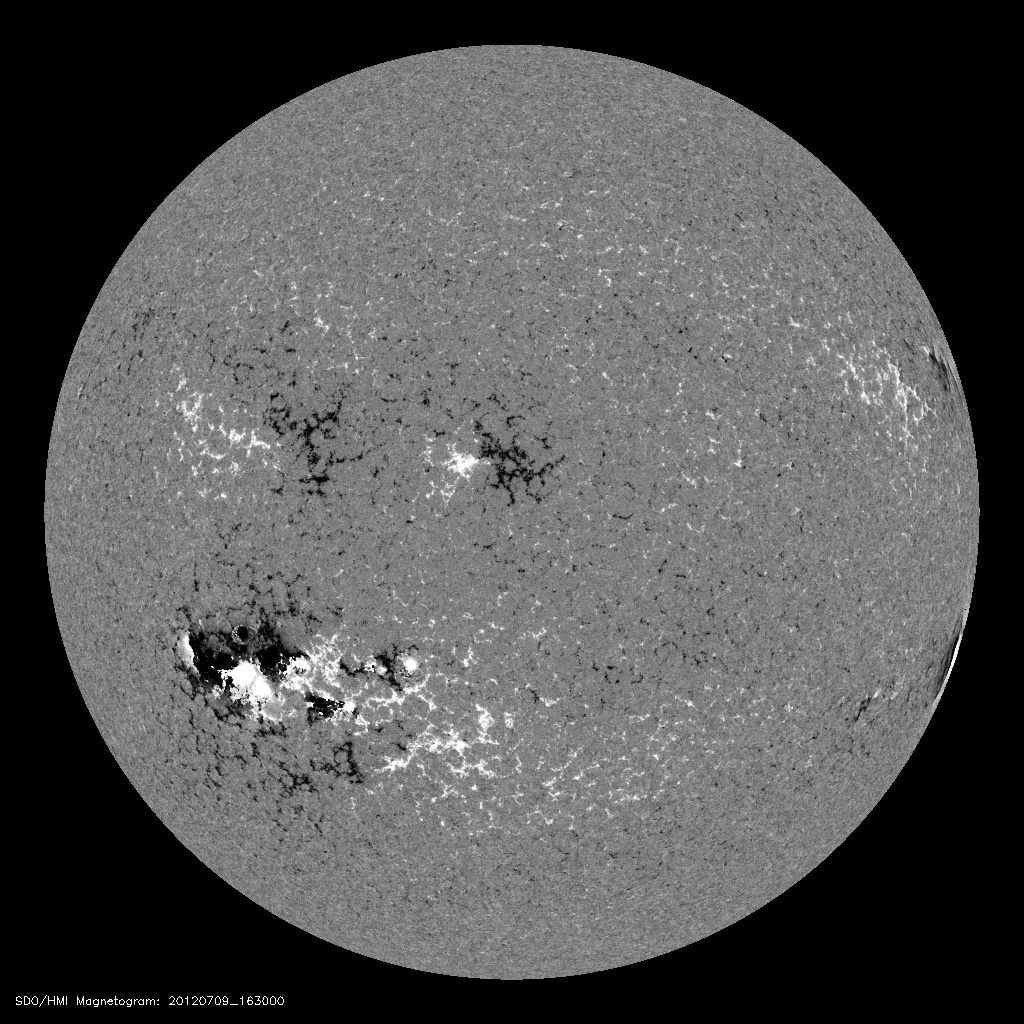
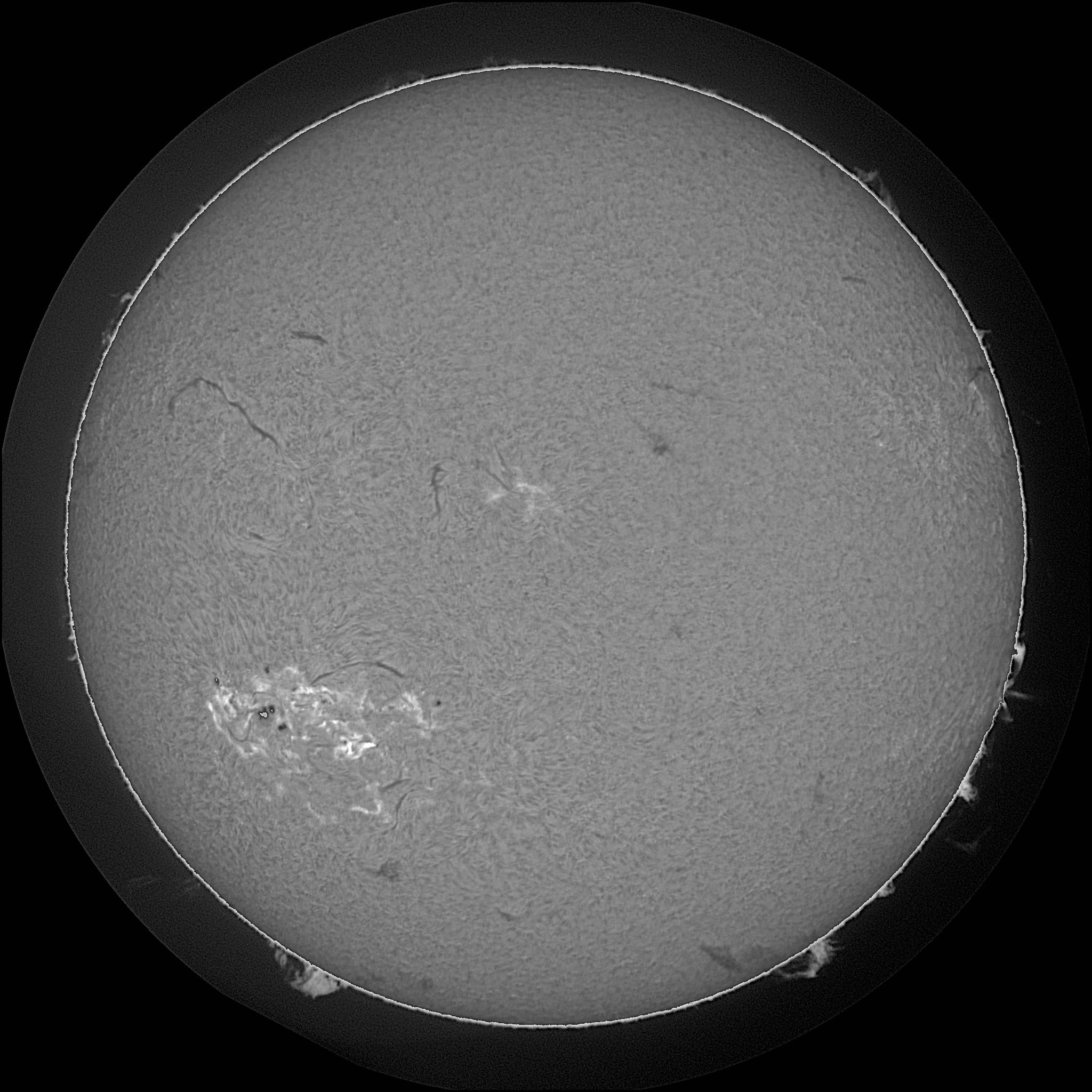
Region
Reports
Notes
MM#009 Default HESSI Target
Target region NOAA 1515 has almost completed west limb passage. It was the source of C-class and low-level M-class events in the past 24 hours. It is a very dynamic limb target with numerous limb surges and an active prominence. Another M-class event is possible in the next 24 hours. NOAA 1520 (S15E42) remains an impressive
F-type/beta-gamma region but is still not flare productive. An EFR located just west of 1520 at S15E38 is the brightest plage on the visible solar disk. If it continues to develop, it may increase the chance of flare activity in and around 1520. 1520/EFR could produce an isolated M-class event today.
The position of NOAA 1515 on July 09 at 01:00 UT is:
S17W77 (Solar X = 879", Solar Y = -288")
Bill Marquette (Helio Research)
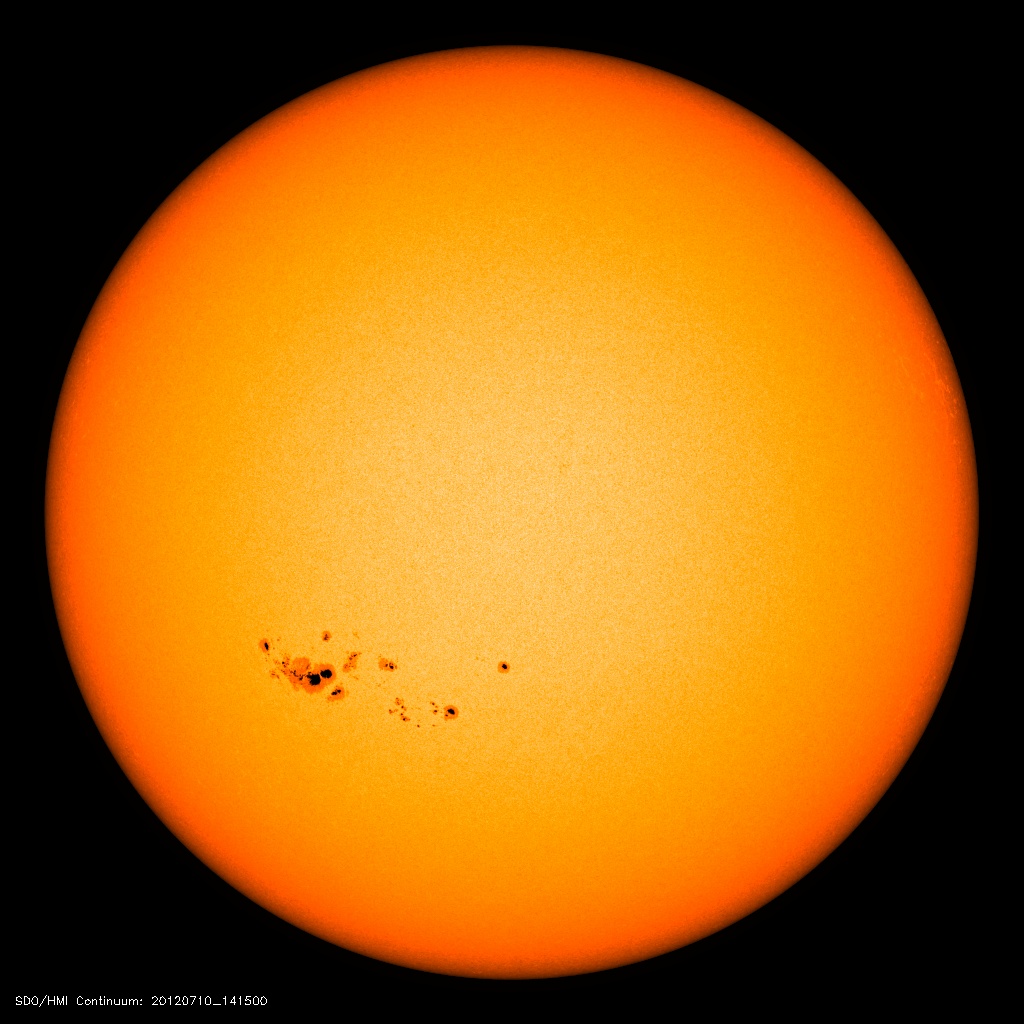
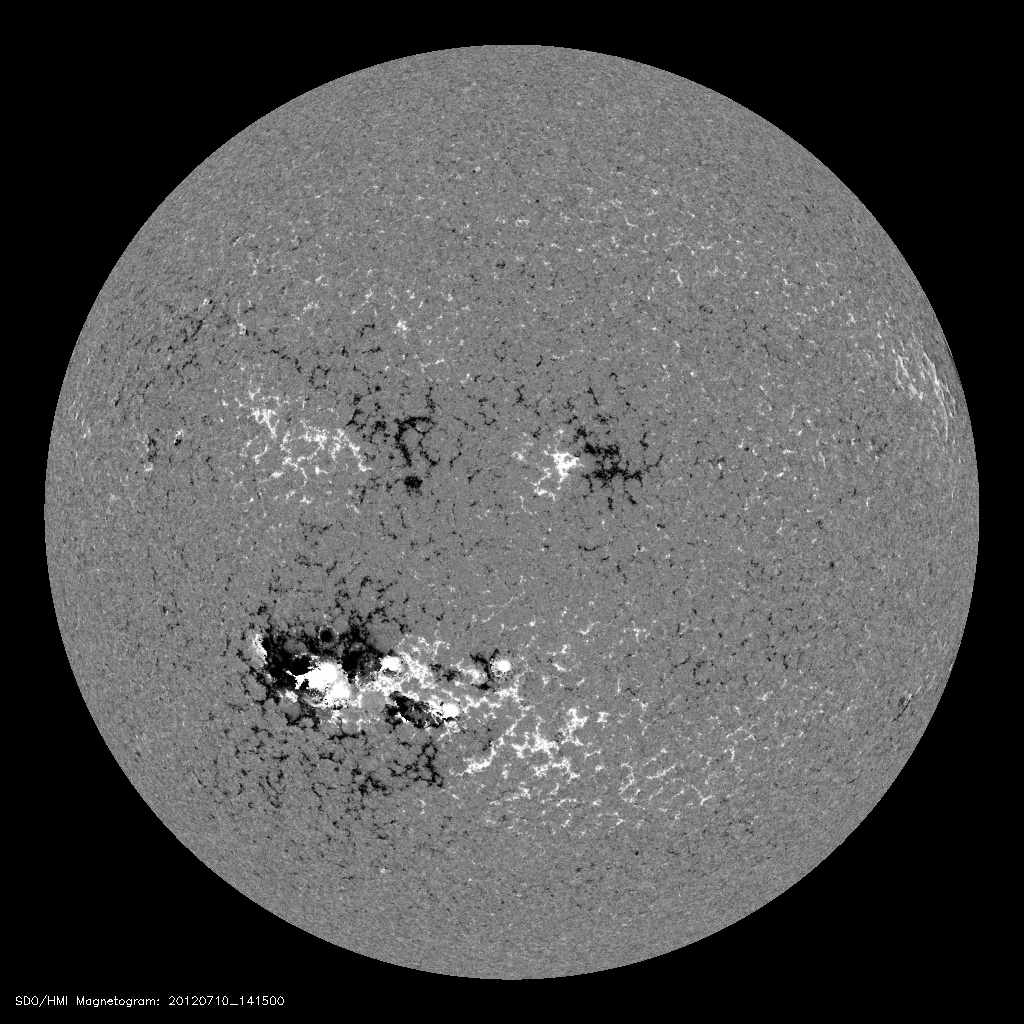
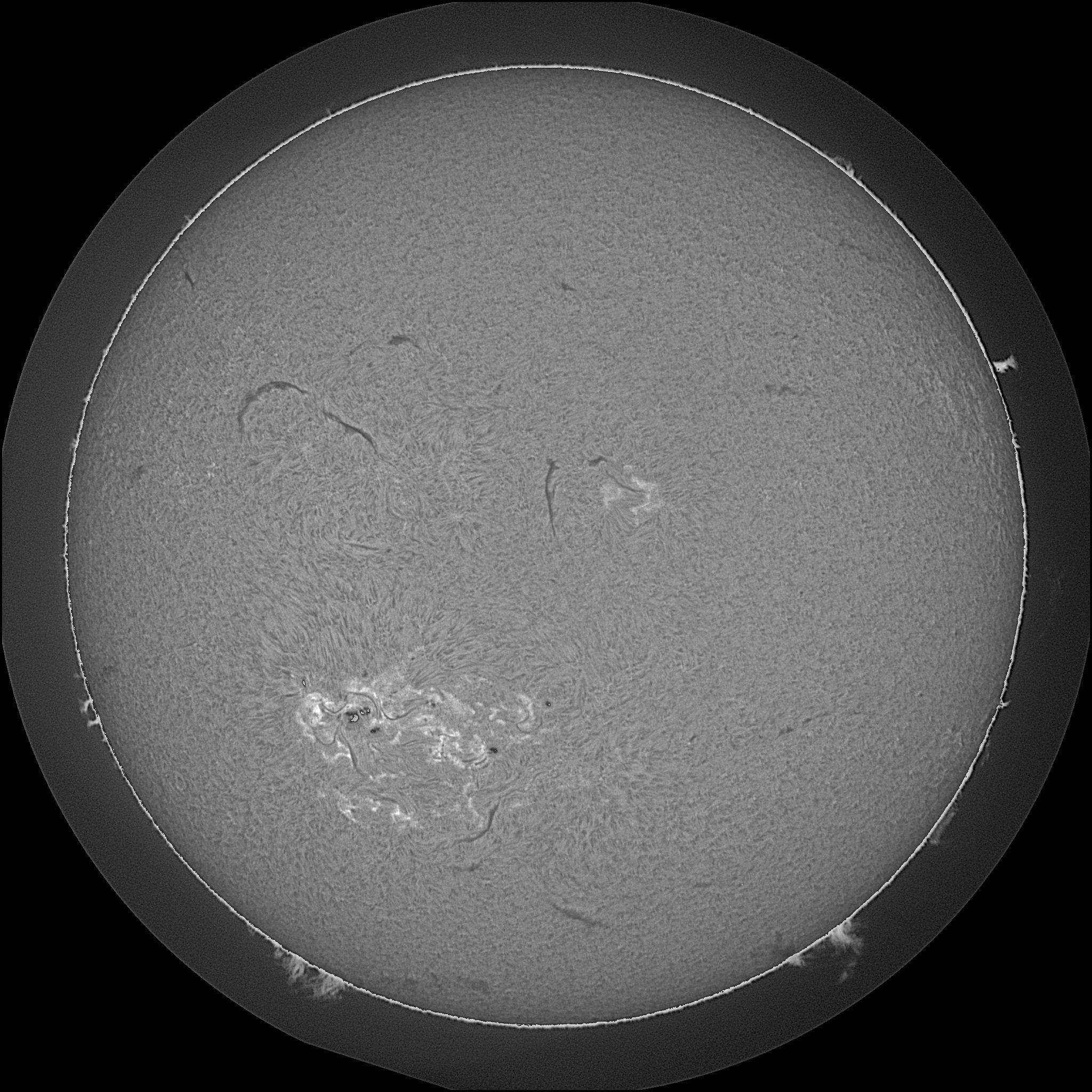
Region
Reports
Notes
MM#003 Major Flare Watch
NOAA 1515 has completed west limb passage. It was the source of a few minor events yesterday. The new target is NOAA 1520. 1520 is a very large region with a complex F-type/beta-gamma-delta sunspot group. Its H-alpha plage is displaying bright flare points and dark surges. Previously somewhat quiescent, 1520 produced 3 M-class events in the past 24 hour period. The largest was an M2.0 at 07/10/06:27. Additional low-level M-class events expected with a major =/>M5 event possible in the next 24 hour period.
The position of NOAA 1520 on July 10 at 15:00 UT is:
S17E24 (Solar X = -368", Solar Y = -332")
Bill Marquette (Helio Research)
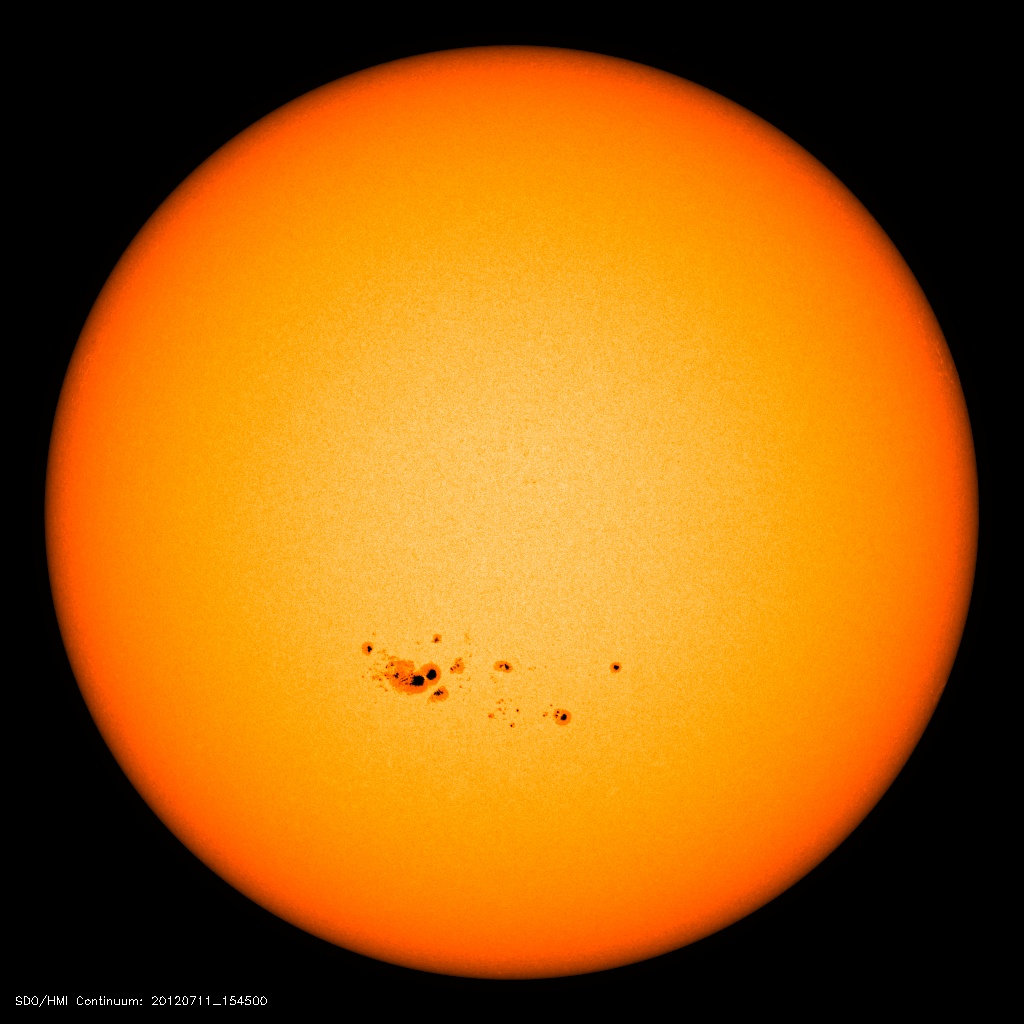
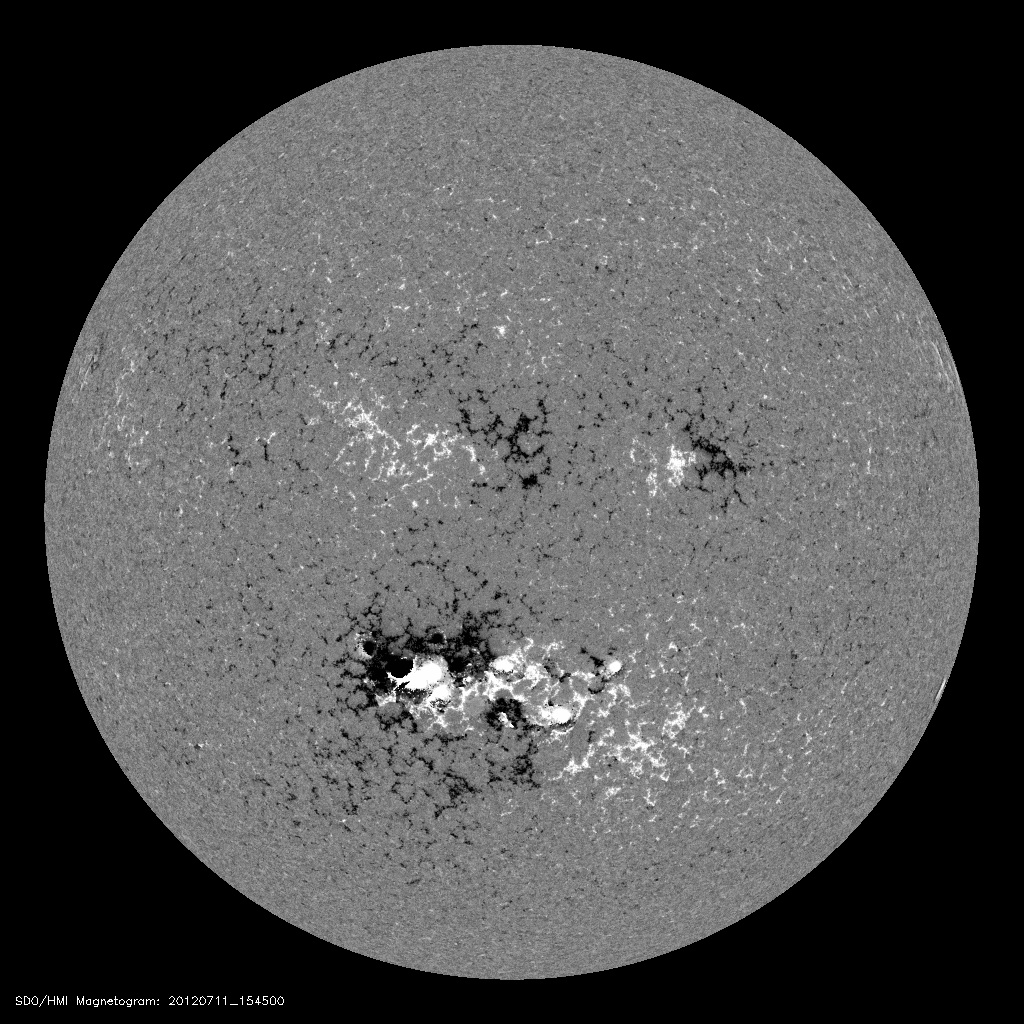
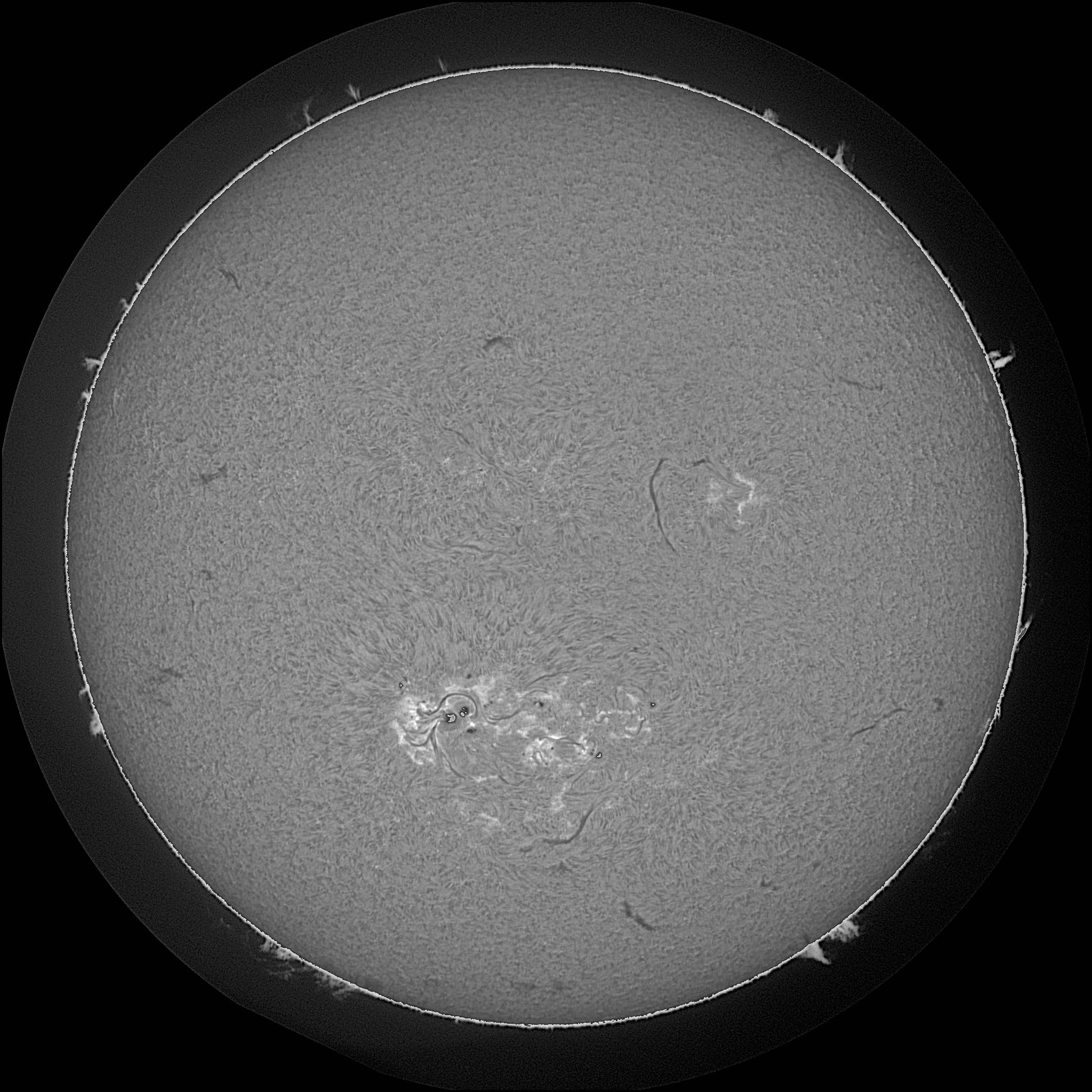
Region
Reports
Notes
MM#003 Major Flare Watch
NOAA 1520 has decayed slightly losing its magnetic delta configuration but is maintaining its large F-type/beta-gamma sunspot group. It only produced C-class events in the past 24 hour period. NOAA 1521 located just west of 1520 was the source of the largest event (C9.9 at 07/11/08:30 UT). Despite its quiescent behavior, 1520 is capable of producing an M-class event with a slight chance of an M-class event =/>M5 in the next 24 hour period. We'll continue the MFW for at least one more day.
The position of NOAA 1520 on July 11 at 15:00 UT is:
S16E10 (Solar X = -158", Solar Y = -323")
Bill Marquette (Helio Research)
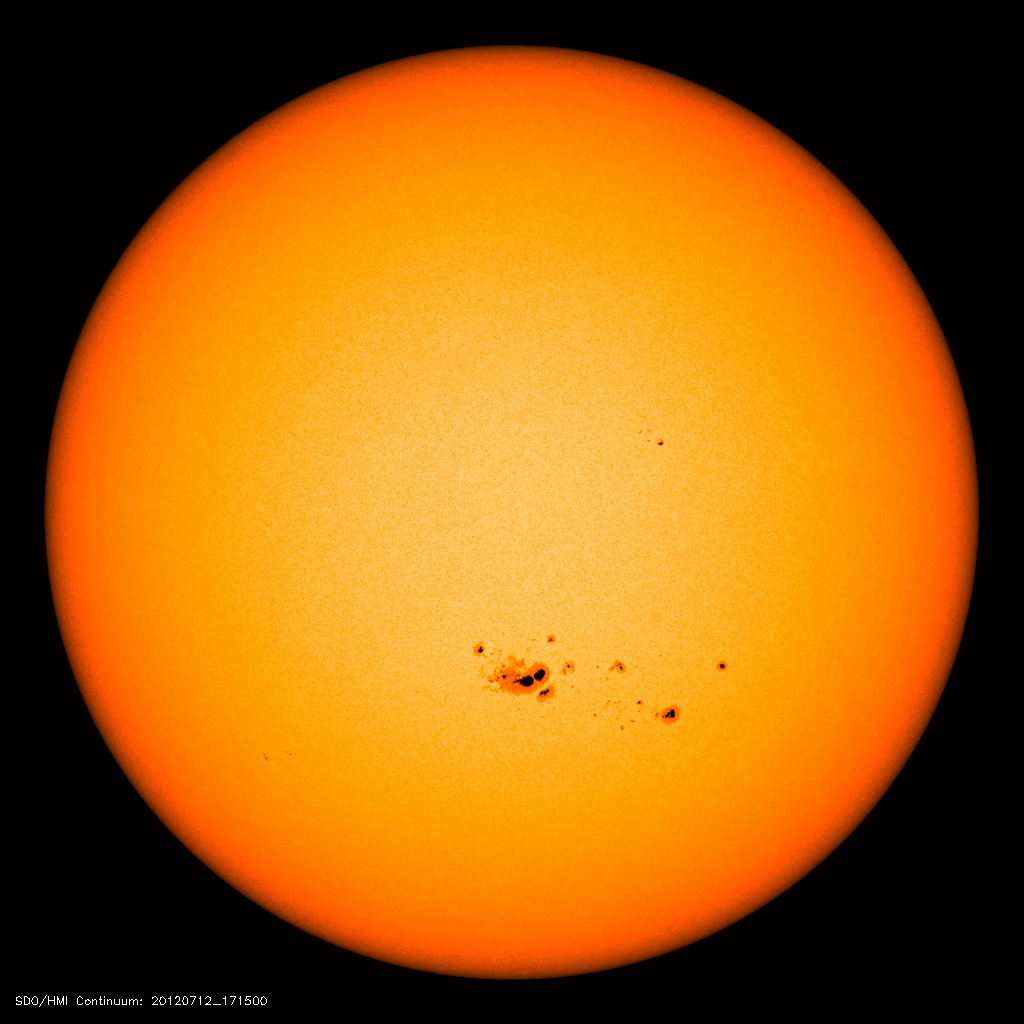
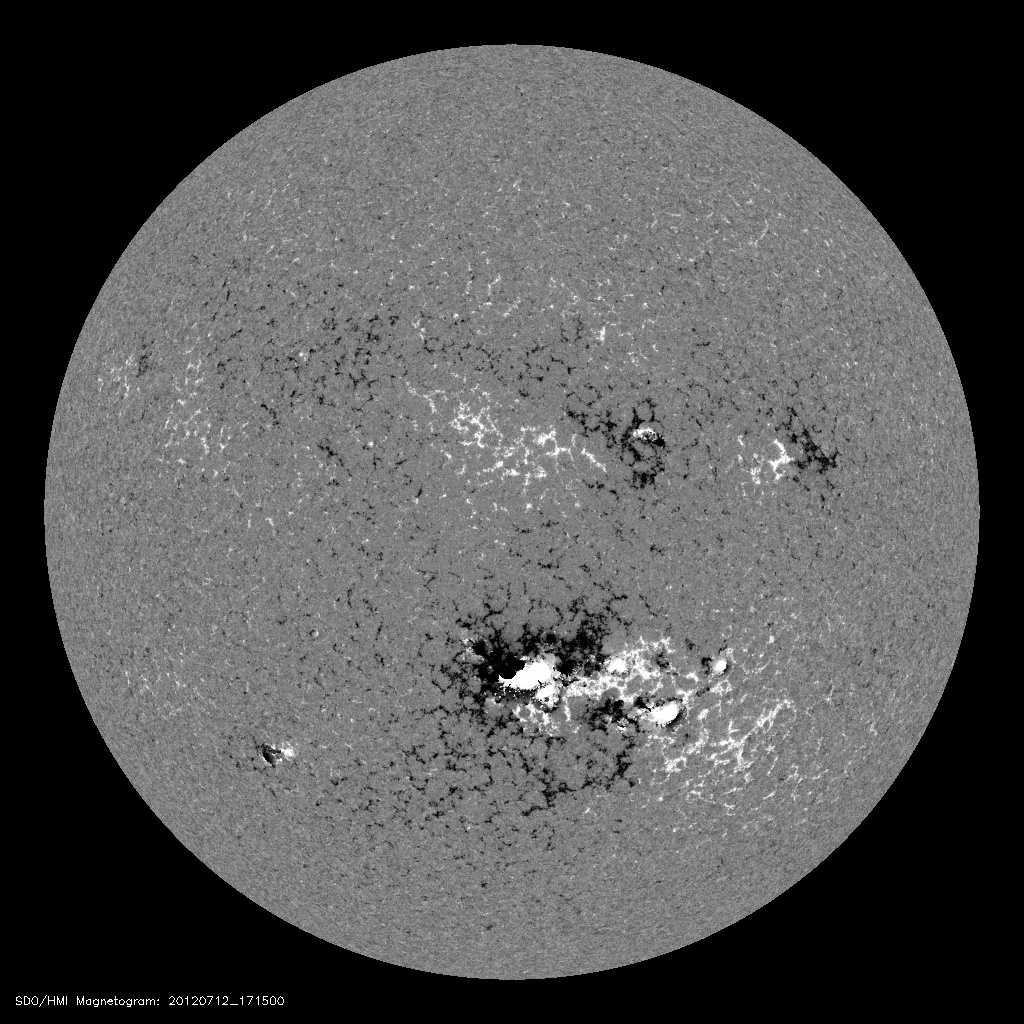
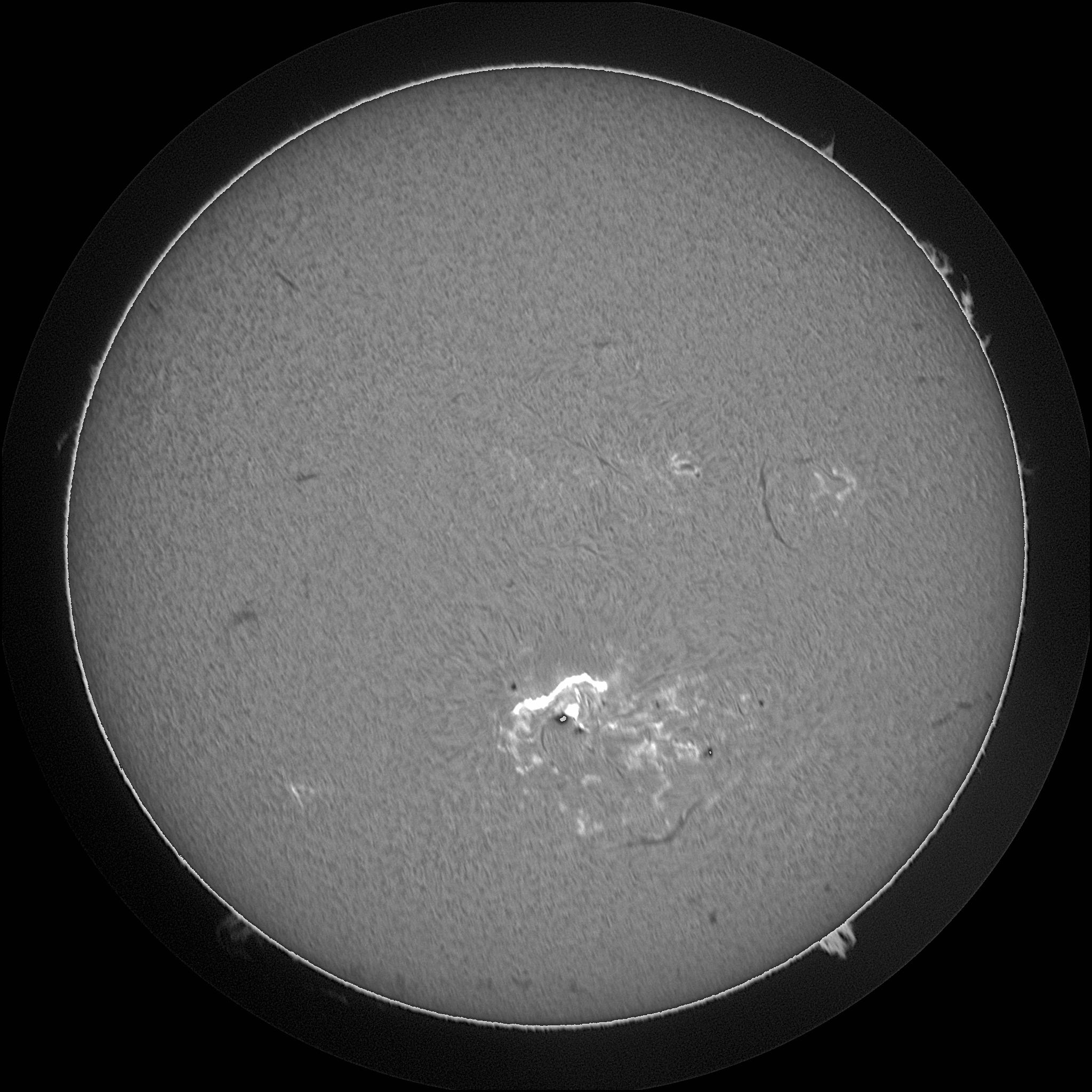
Region
Reports
Notes
MM#003 Major Flare Watch
NOAA 1520 increased its magnetic complexity after briefly displaying slight decay during the past 24 hour period. The region currently has a large F-type/beta-gamma sunspot group with a magnetic delta configuration. 1520 was the source of a major X1.4 flare at 07/12/16:52 UT. Another major flare, =/>M5 is possible in the next 24 to 48 hours.
The position of NOAA 1520 on July 12 at 15:00 UT is:
S17W03 Solar X = 047", Solar Y = -341")
Bill Marquette (Helio Research)
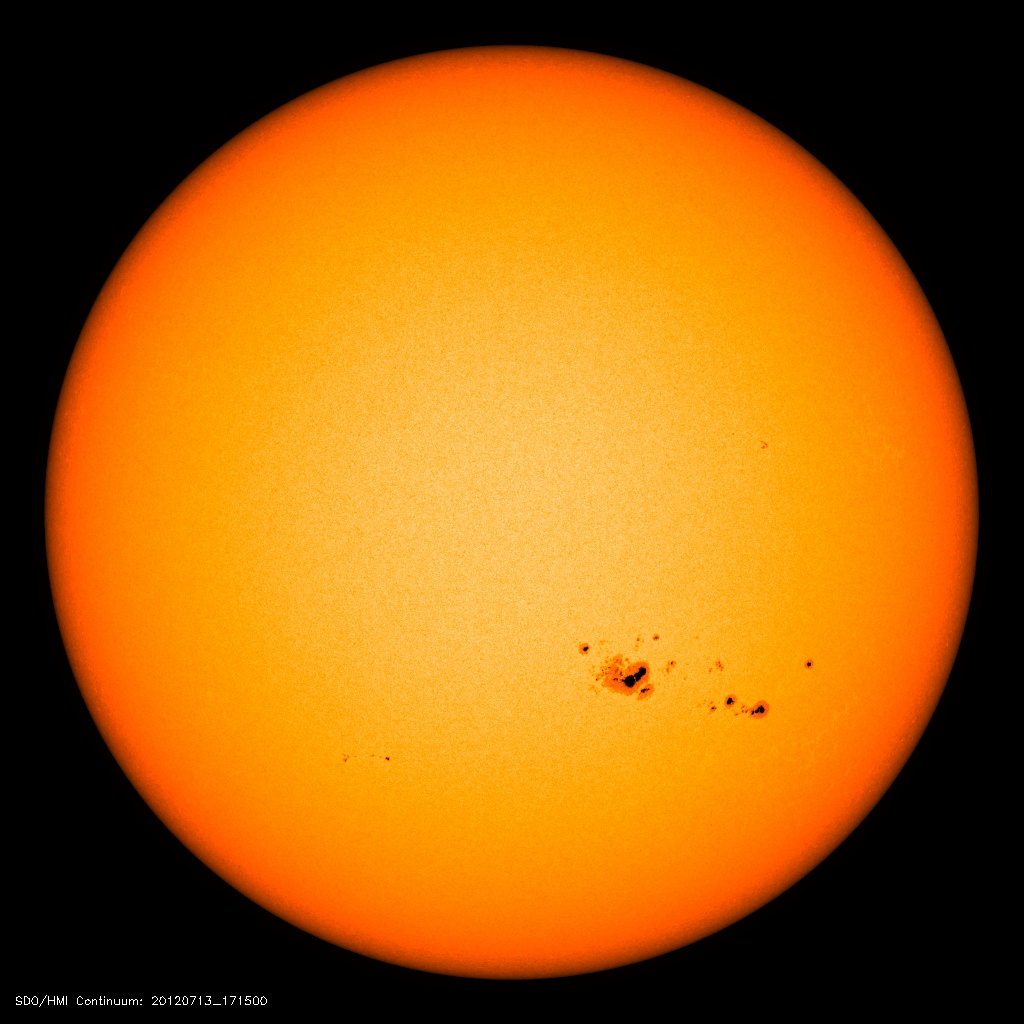
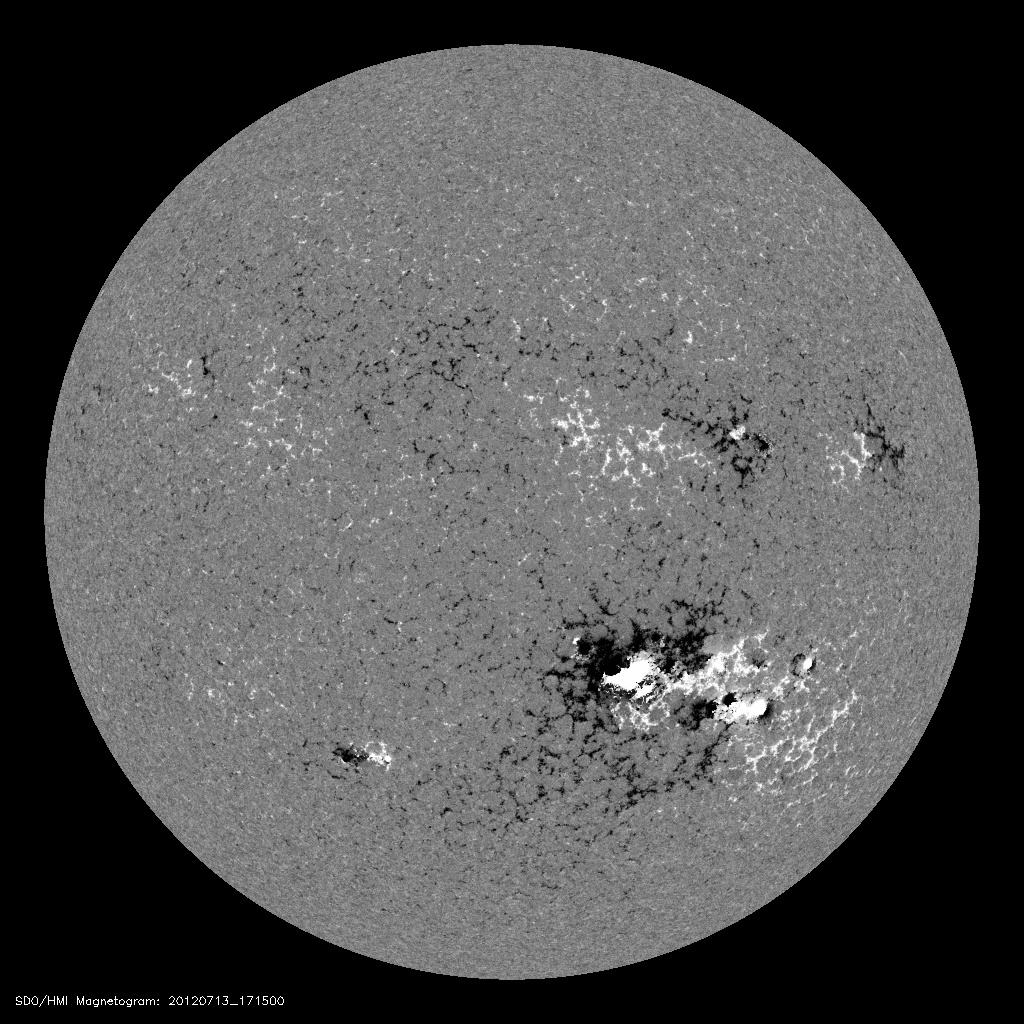
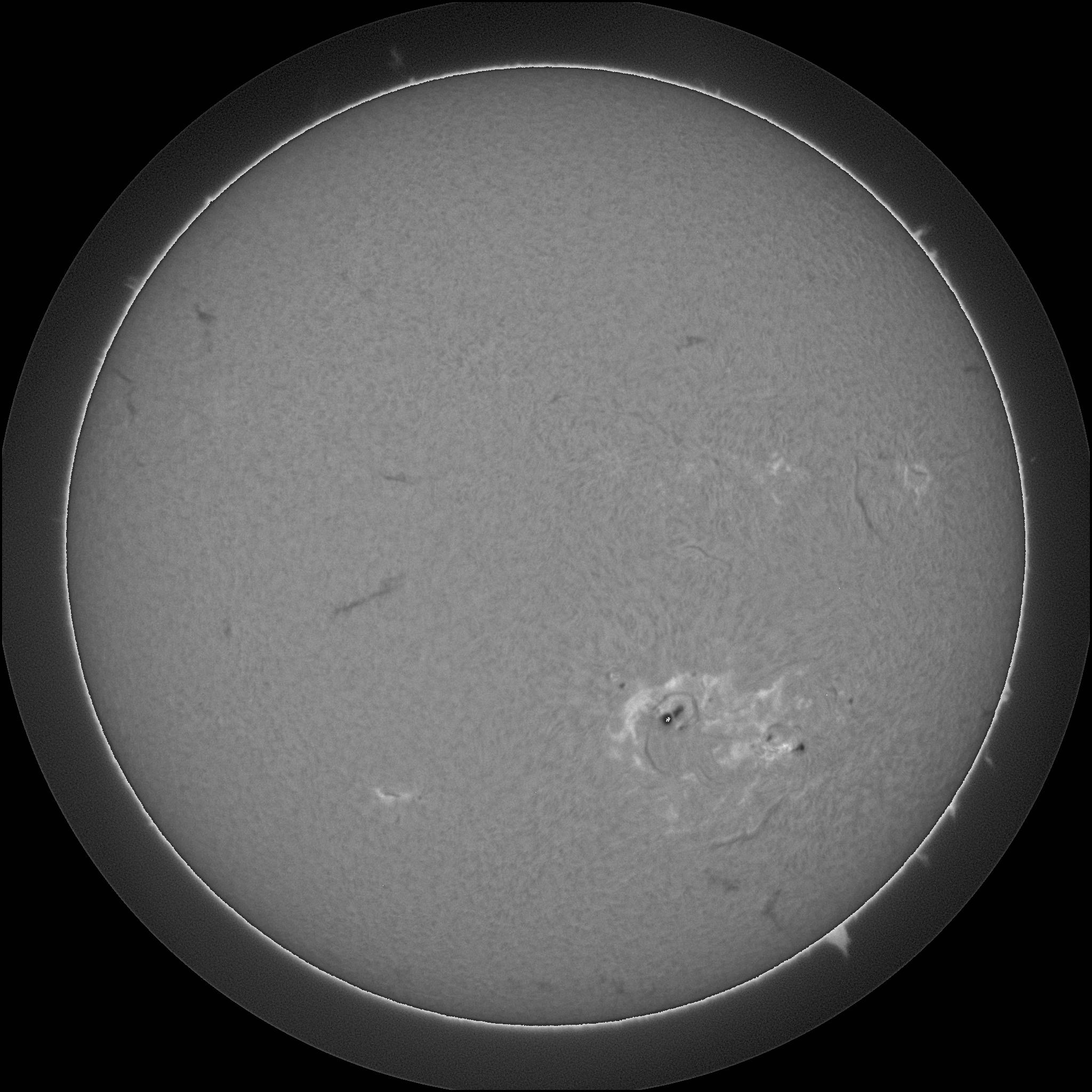
Region
Reports
Notes
MM#003 Major Flare Watch
NOAA 1520 has decayed somewhat following the X1.4 event. The delta configuration has weakened since the last message but the region's sunspot group is still classified as a large F-type group with a beta-gamma-delta magnetic configuration. 1520 maintains the potential to produce an M-class event with the possibility of an event =/>M5 in the next few days.
The position of NOAA 1520 on July 13 at 15:00 UT is:
S16W18 (Solar X = 281", Solar Y = -324")
Bill Marquette (Helio Research)
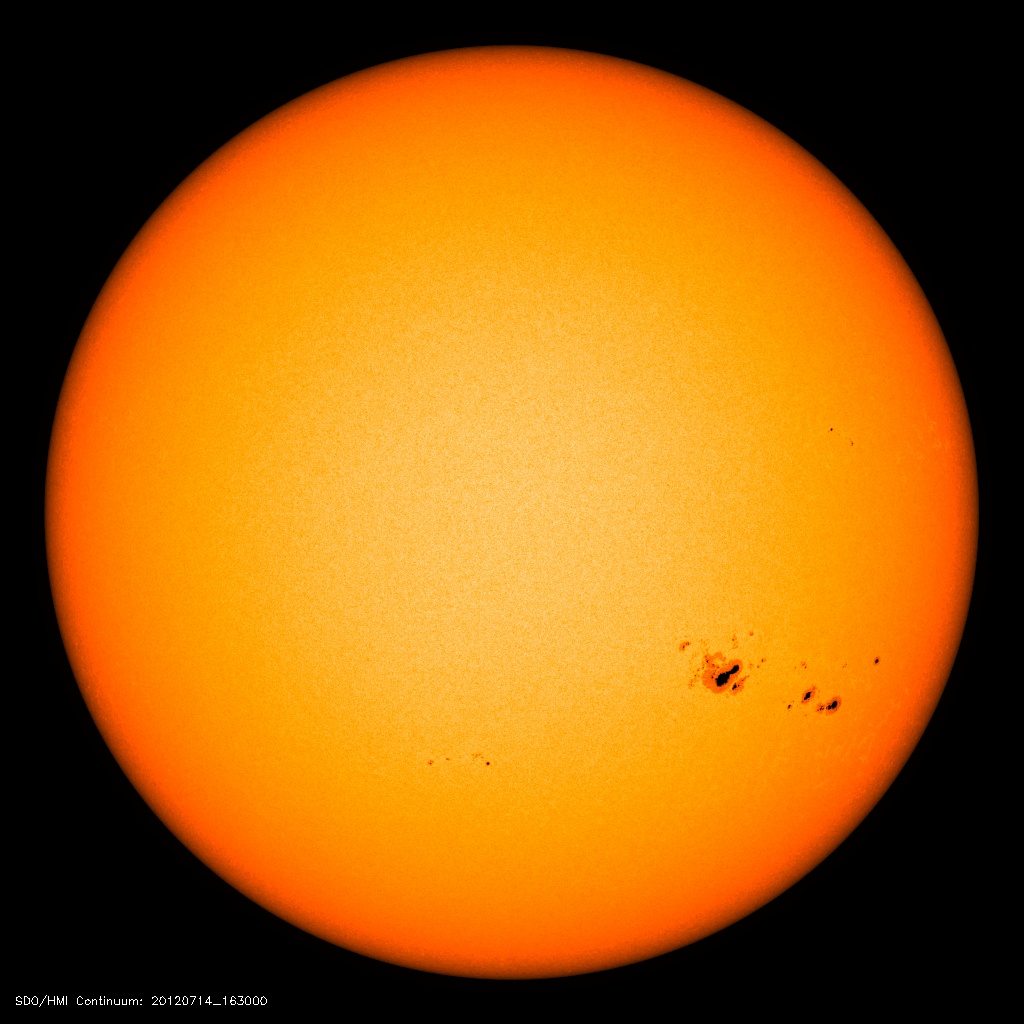
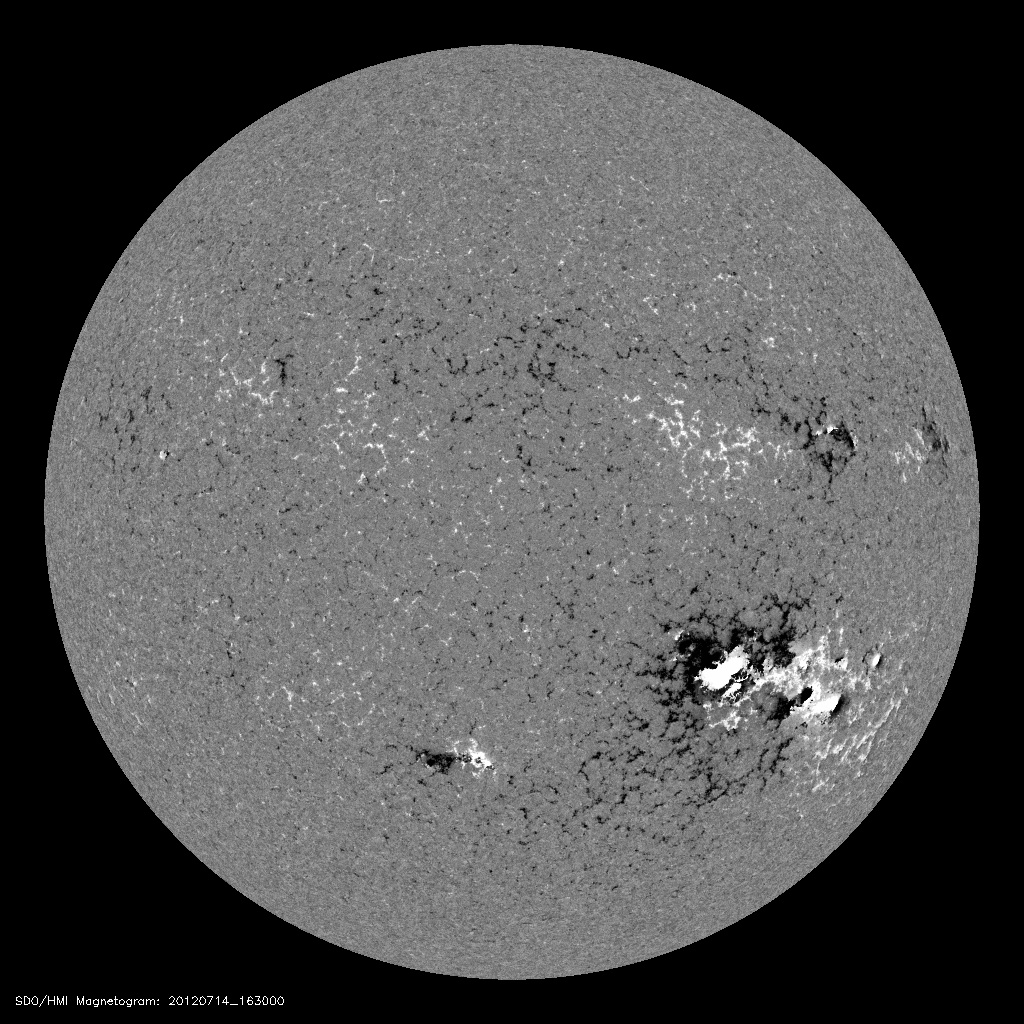
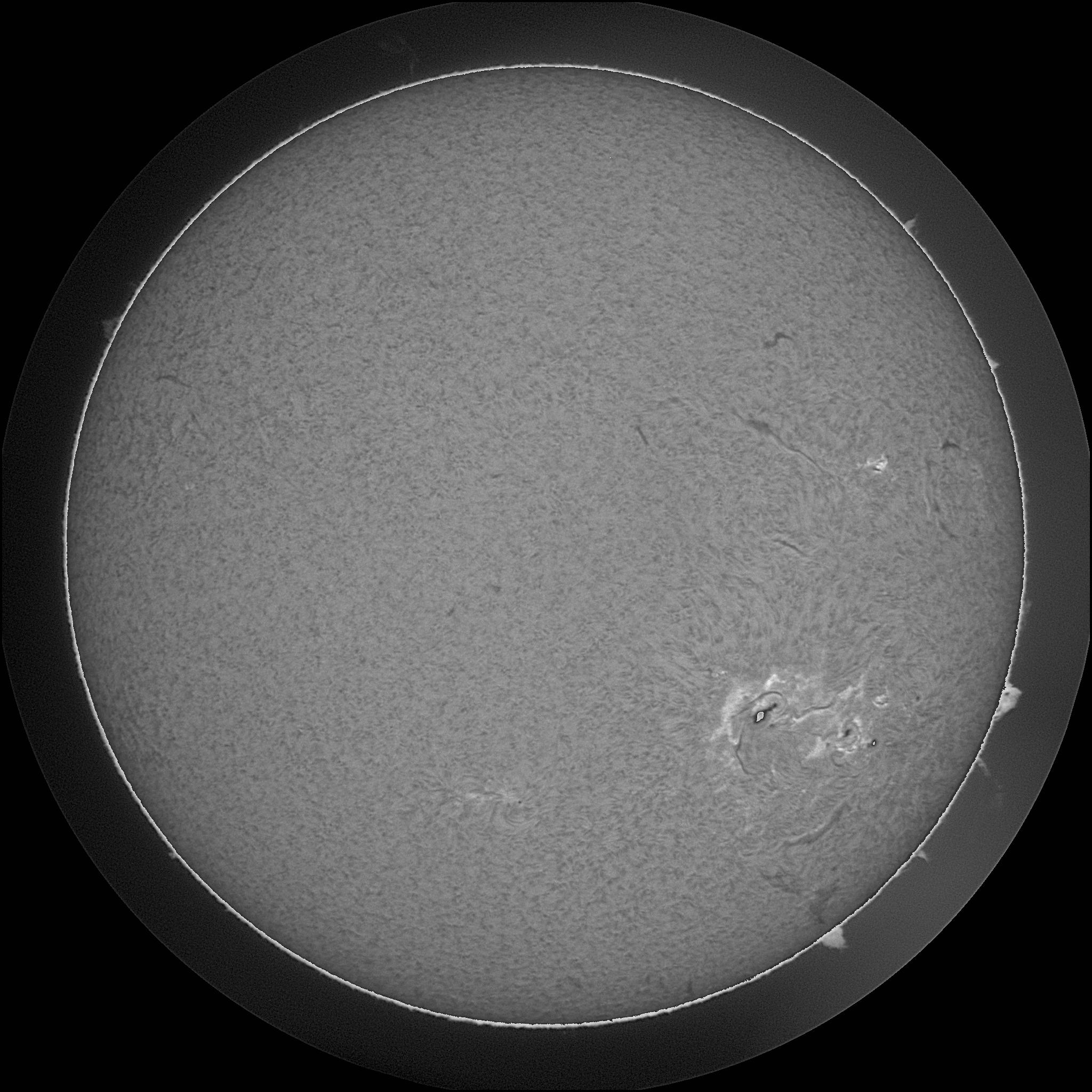
Region
Reports
Notes
MM#003 Major Flare Watch
NOAA 1520 decayed slightly losing sunspot area and sunspot count but is maintaining an F-type/beta-gamma-delta sunspot group classification. 1520 produced C-class events and a low-level M-class event during the past 24 hour period. There remains a possibility of 1520 producing another major flare =/>M5 in the next 24 to 48 hours.
The position of NOAA 1520 on July 14 at 15:00 UT is:
S16W32 (Solar X = 482", Solar Y = -318")
Bill Marquette (Helio Research)
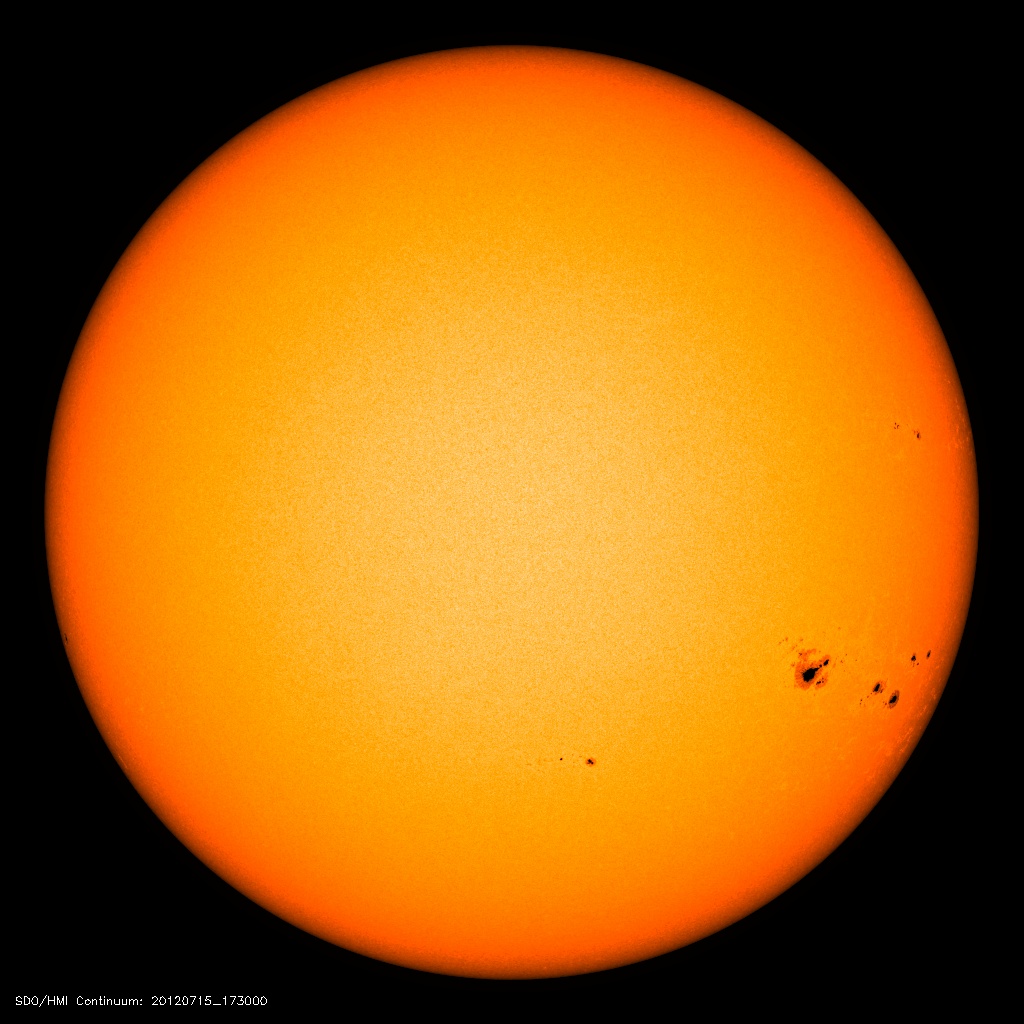
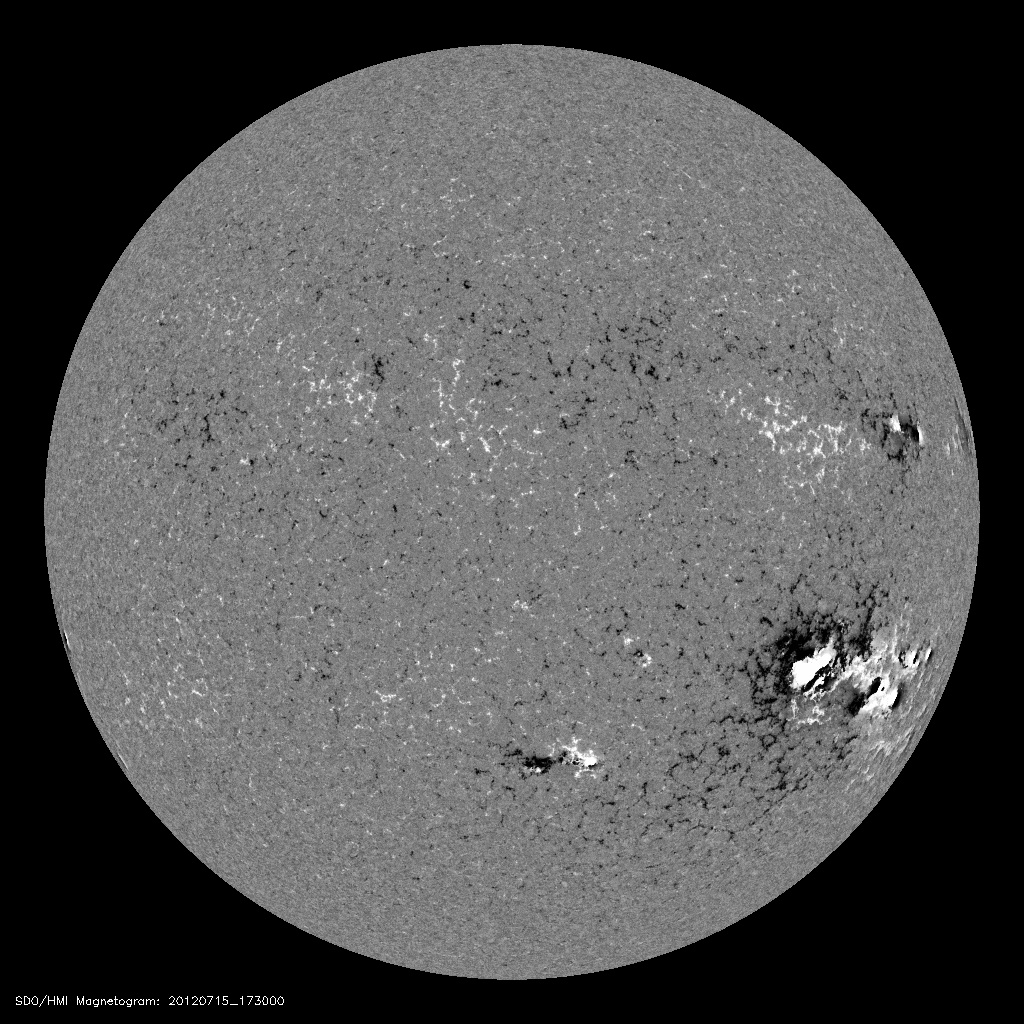
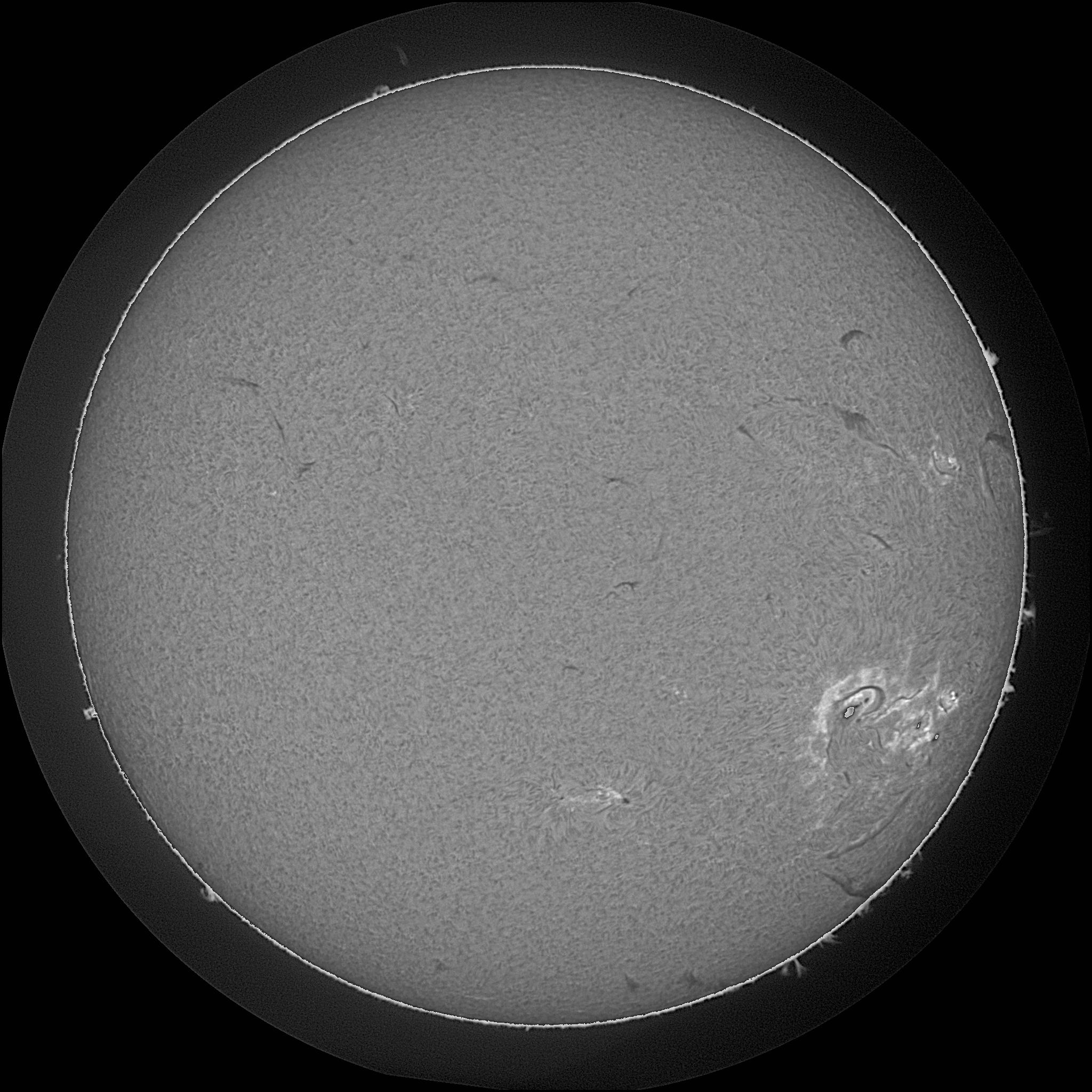
Region
Reports
Notes
MM#009 Default HESSI Target
NOAA 1520 continues in decay phase and was quiescent during the past 24 hours. The large central penumbra is breaking apart in addition to significant loss of sunspot count and area. 1520 is now classified as an E-type/beta-gamma region. There is a large dark
active filament located in the region's central portion. A major flare is still possible but less likely in the next 24 hour period.
The position of NOAA 1520 on July 15 at 15:00 UT is:
S17W44 (Solar X = 628", Solar Y = -325")
Bill Marquette (Helio Research)